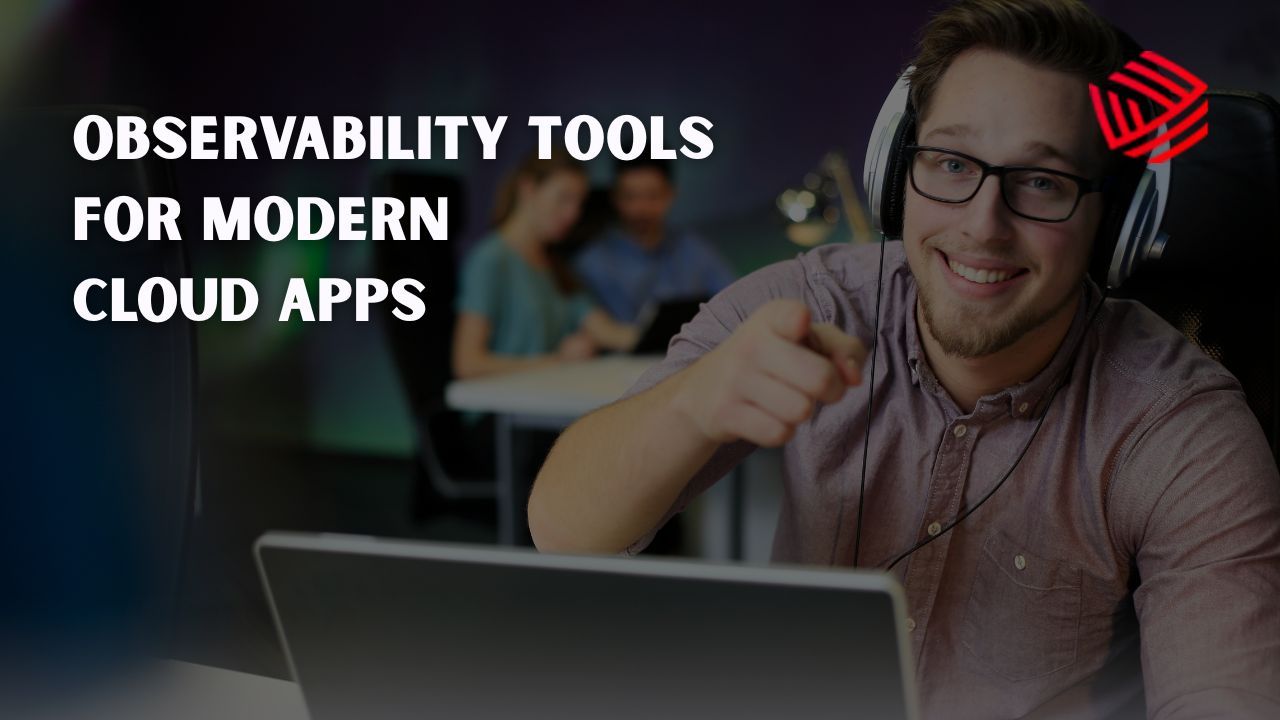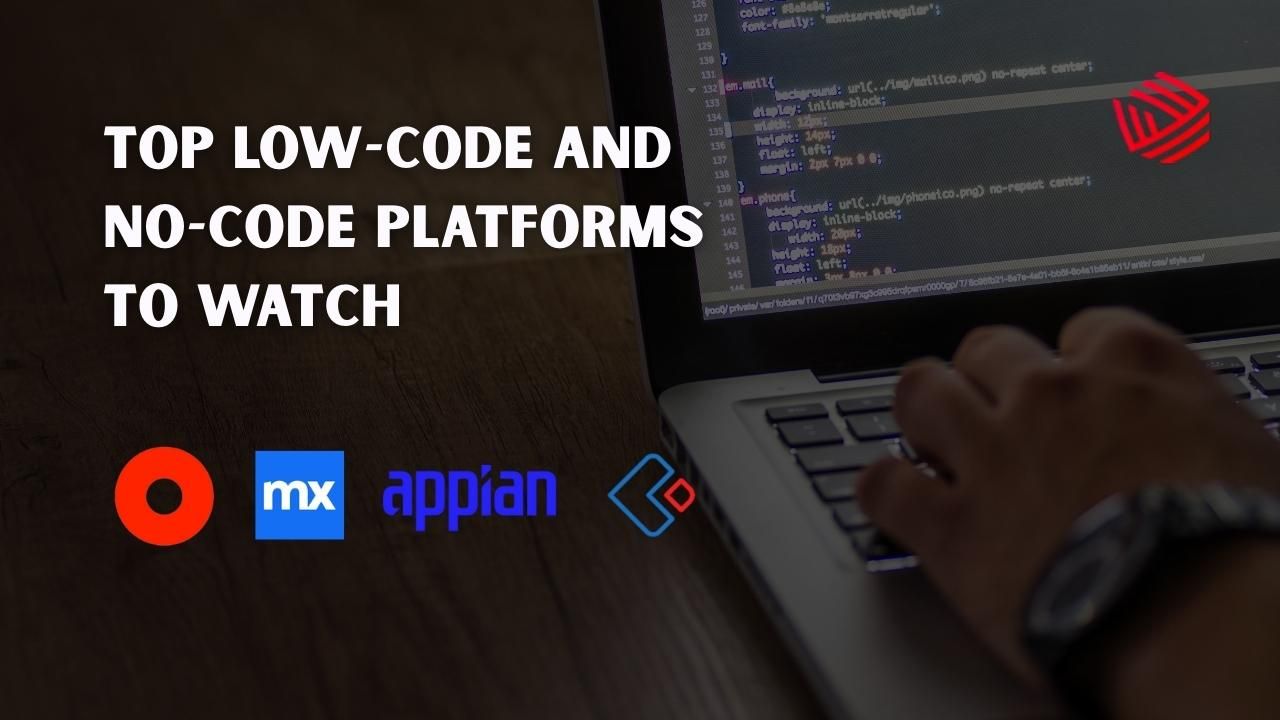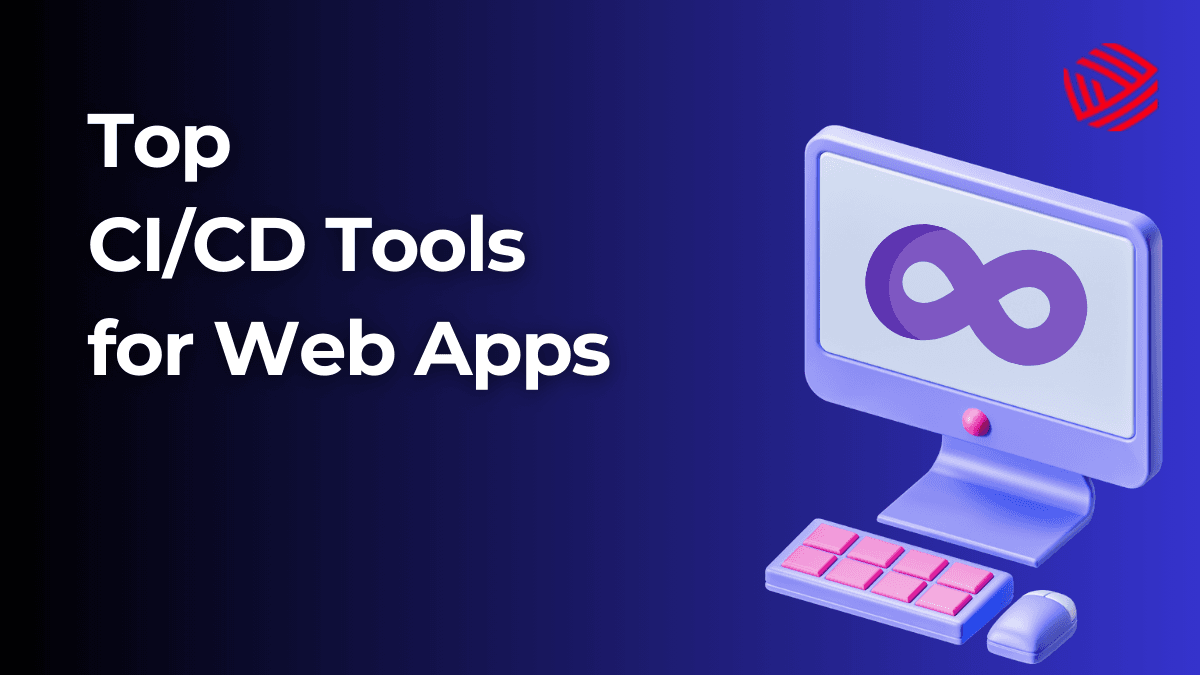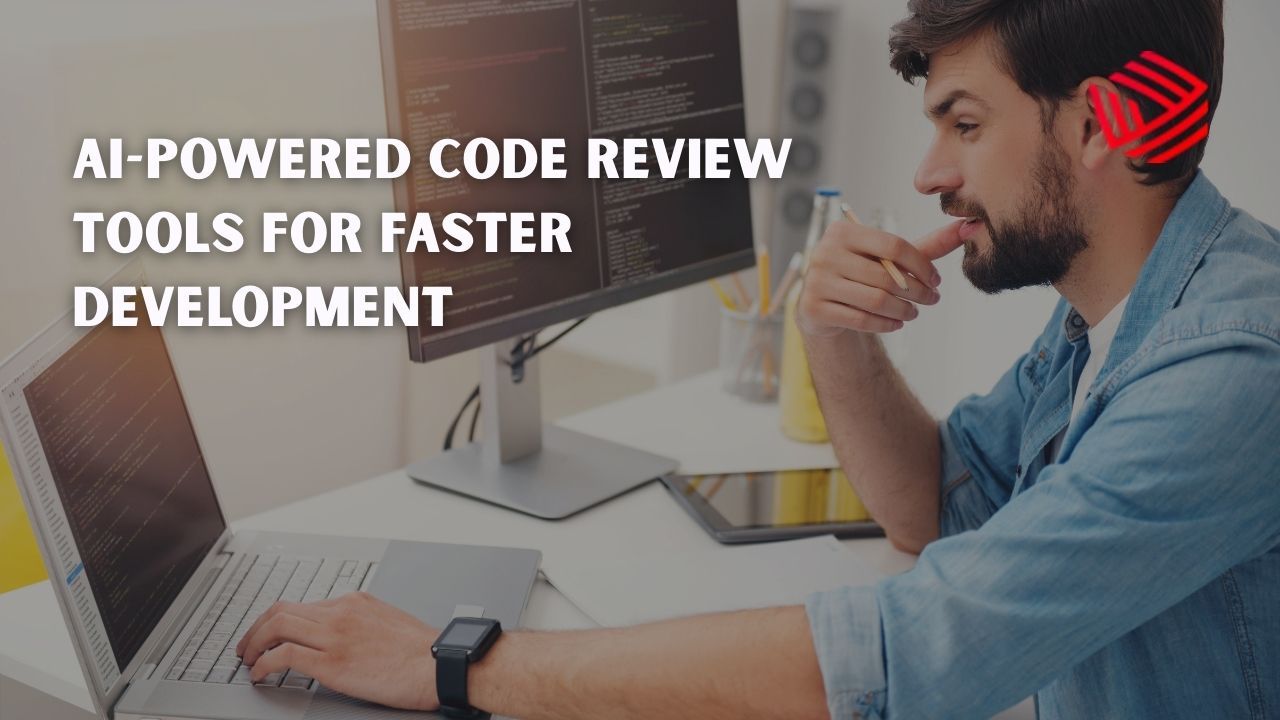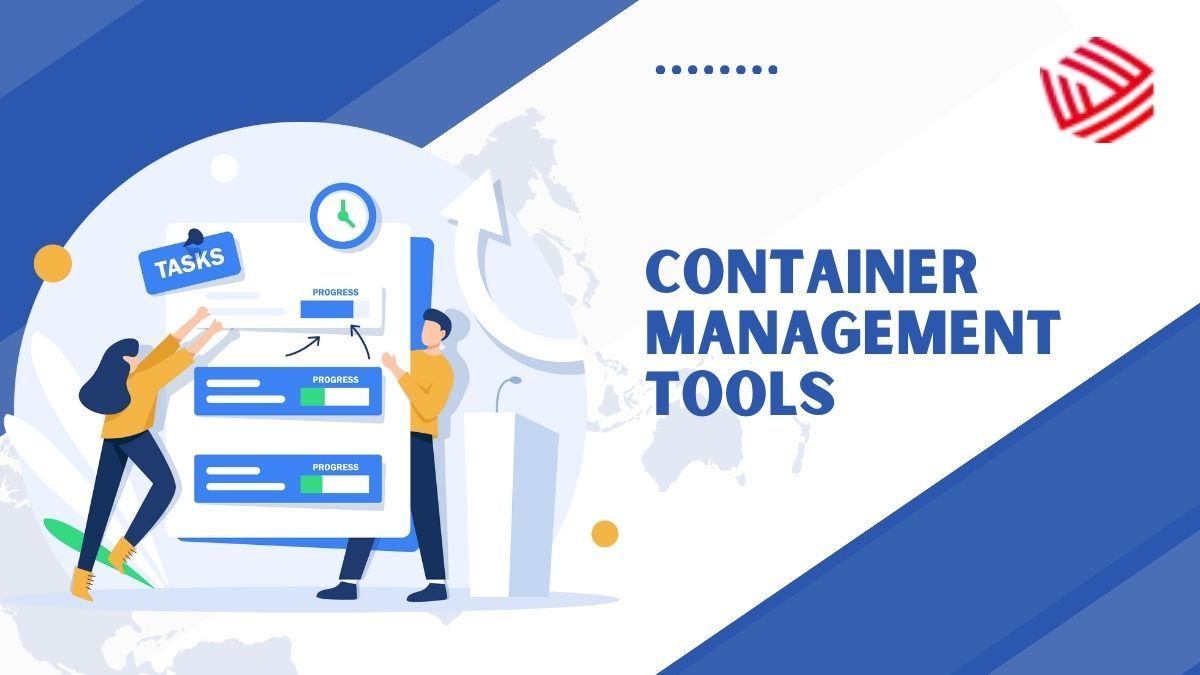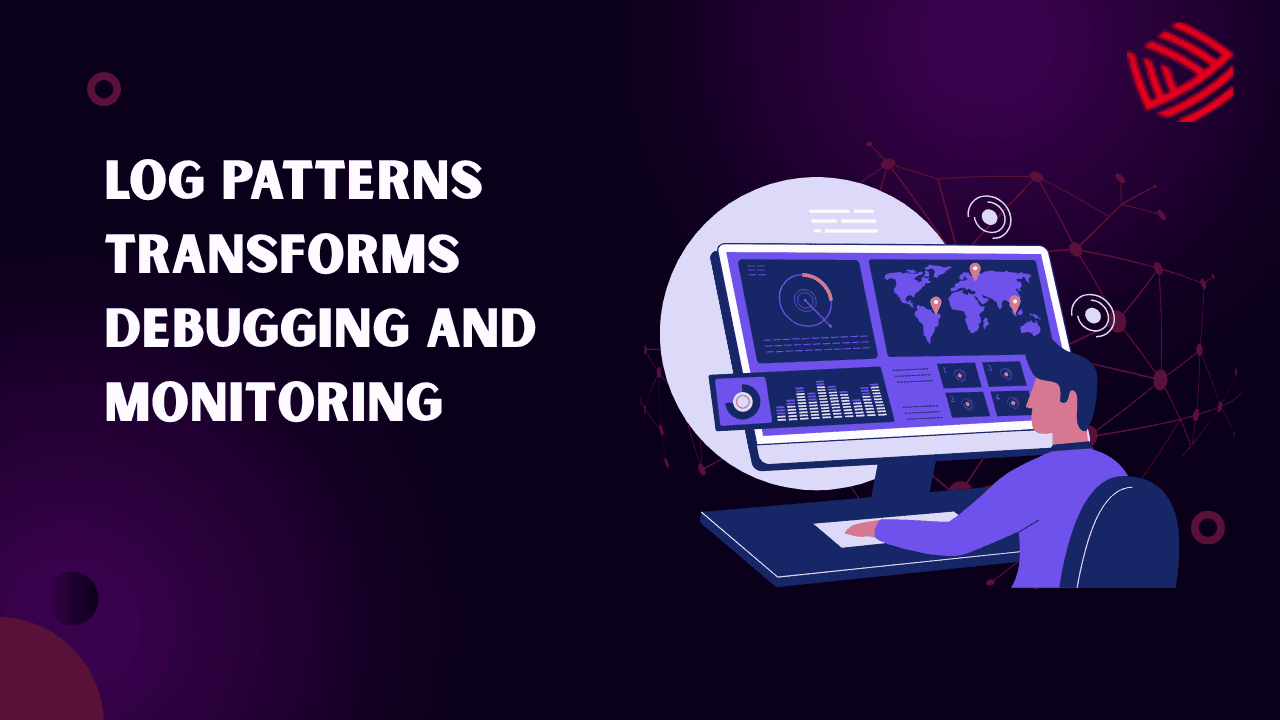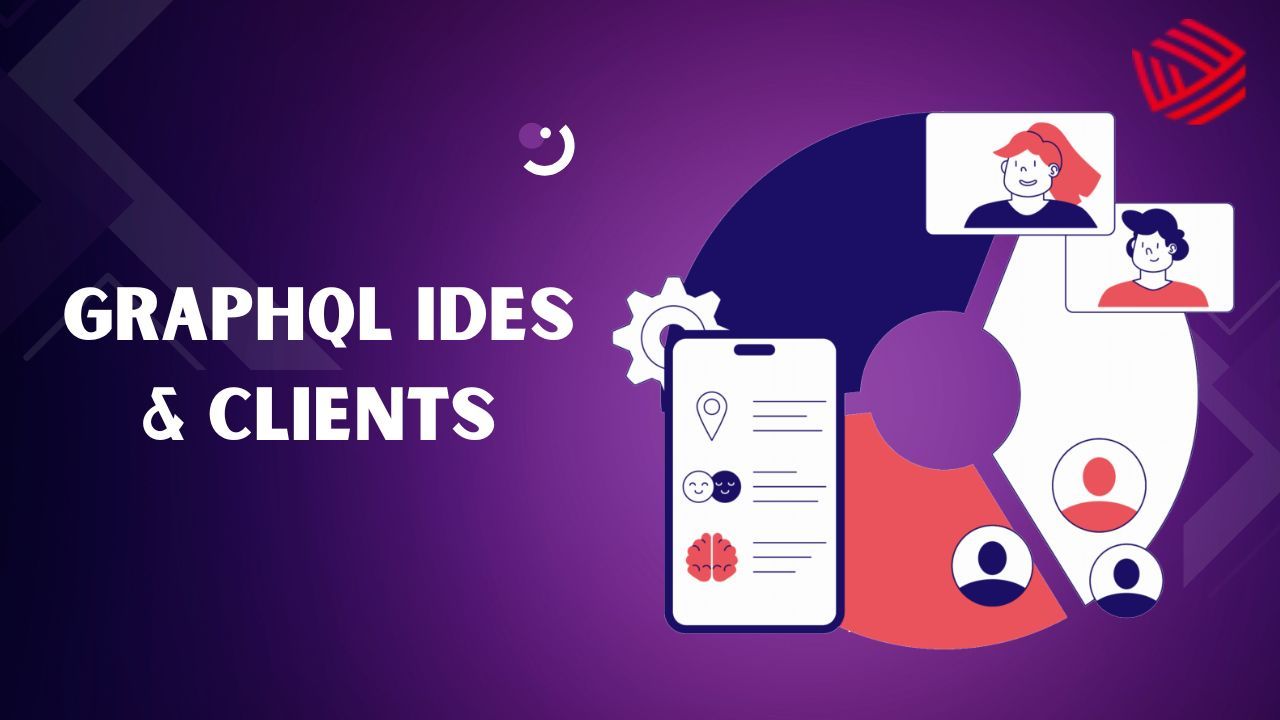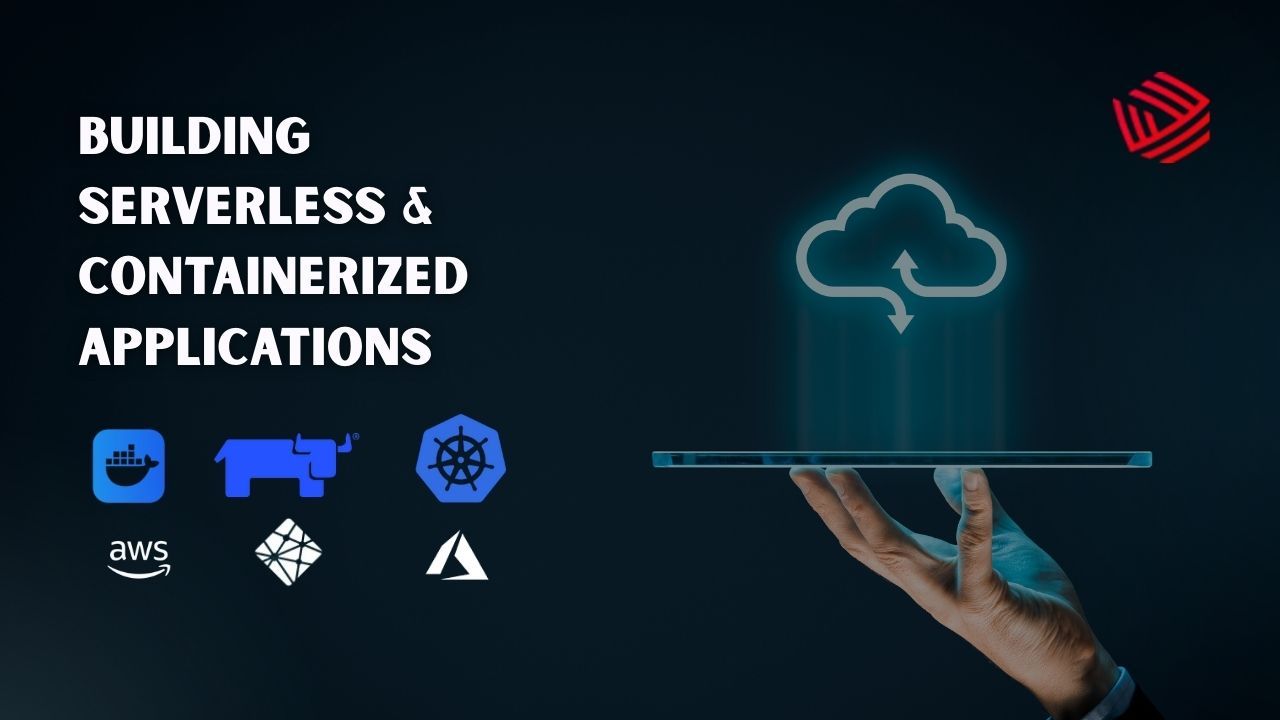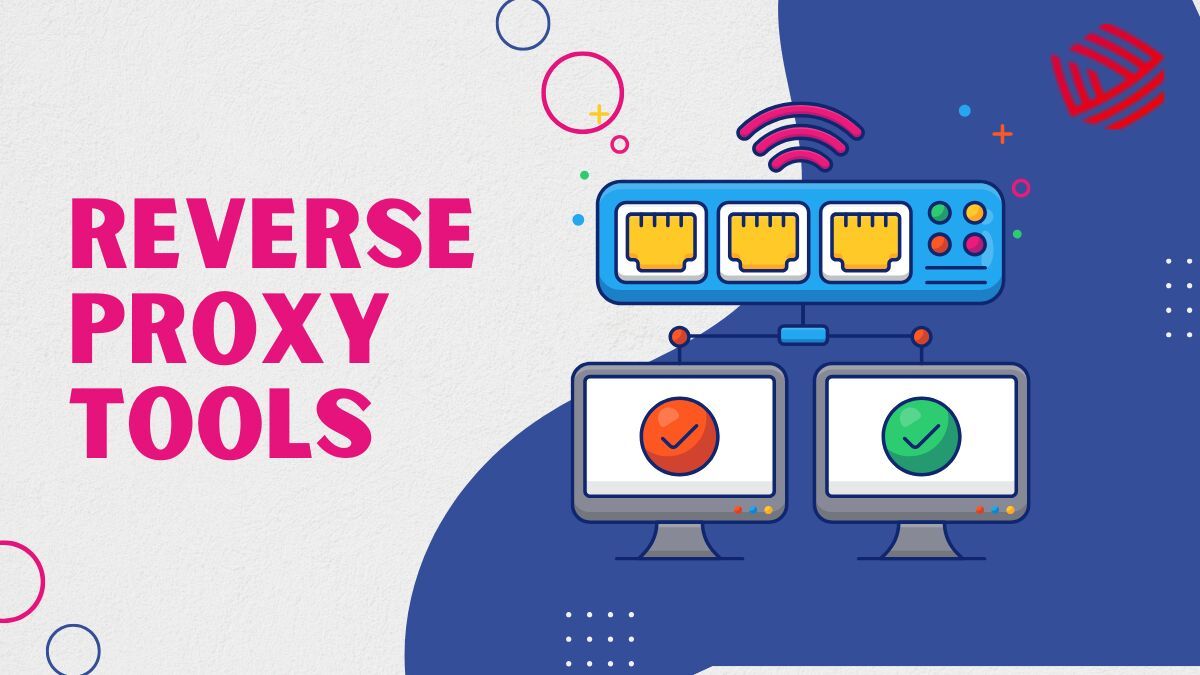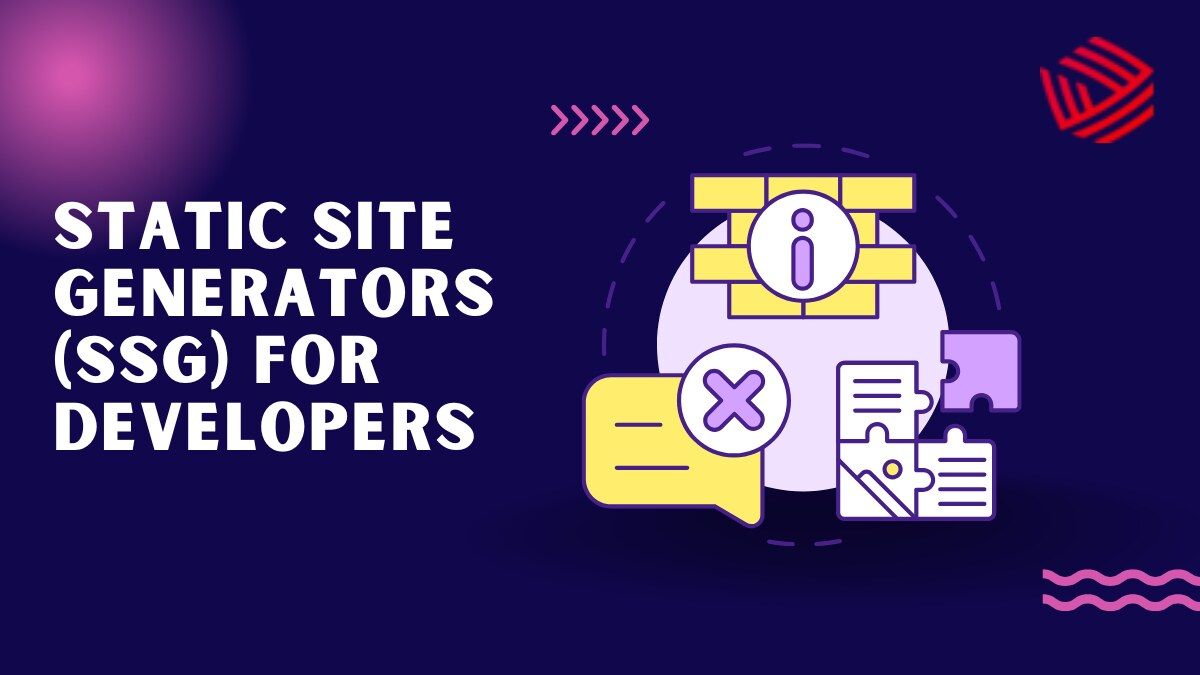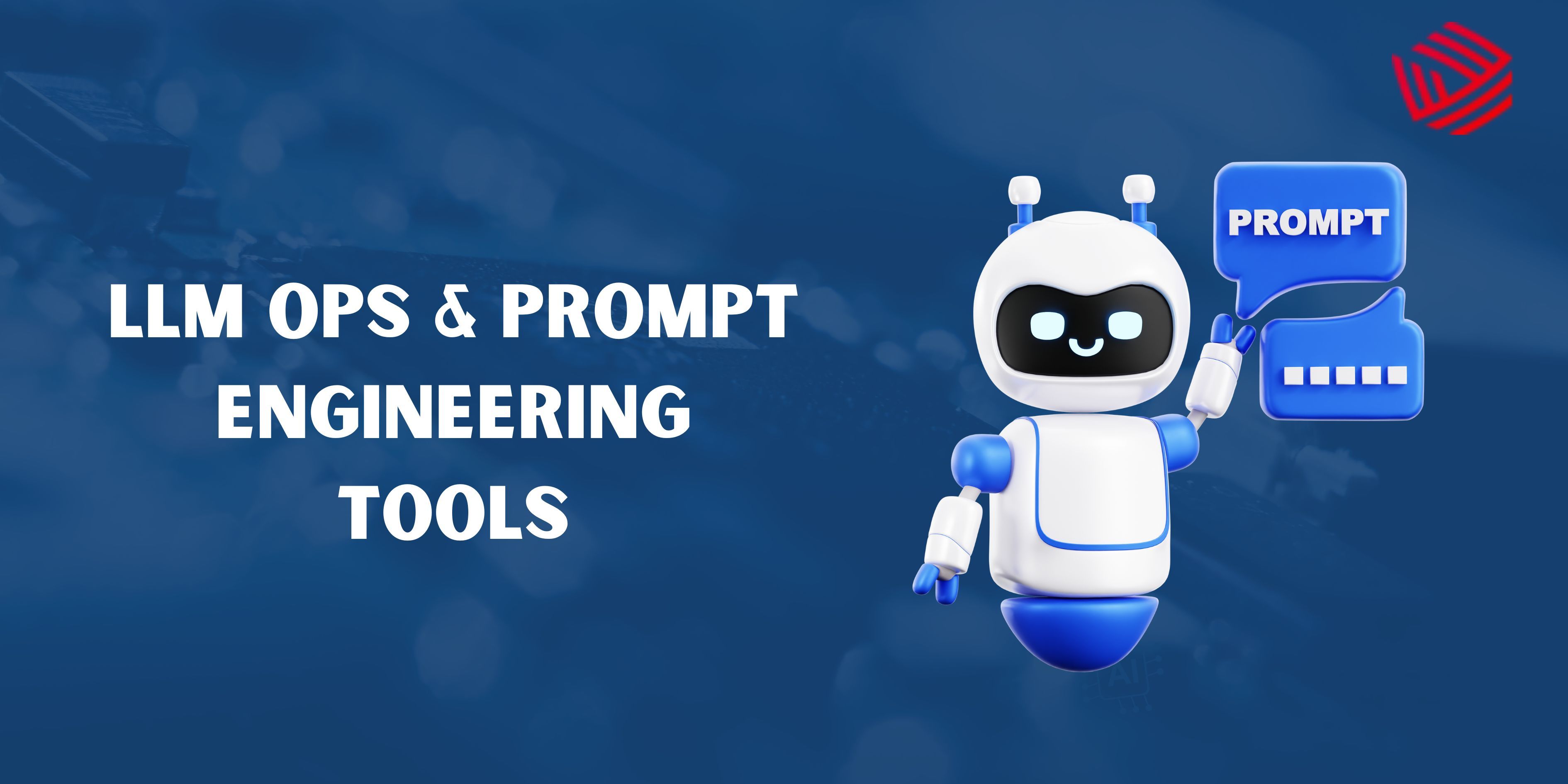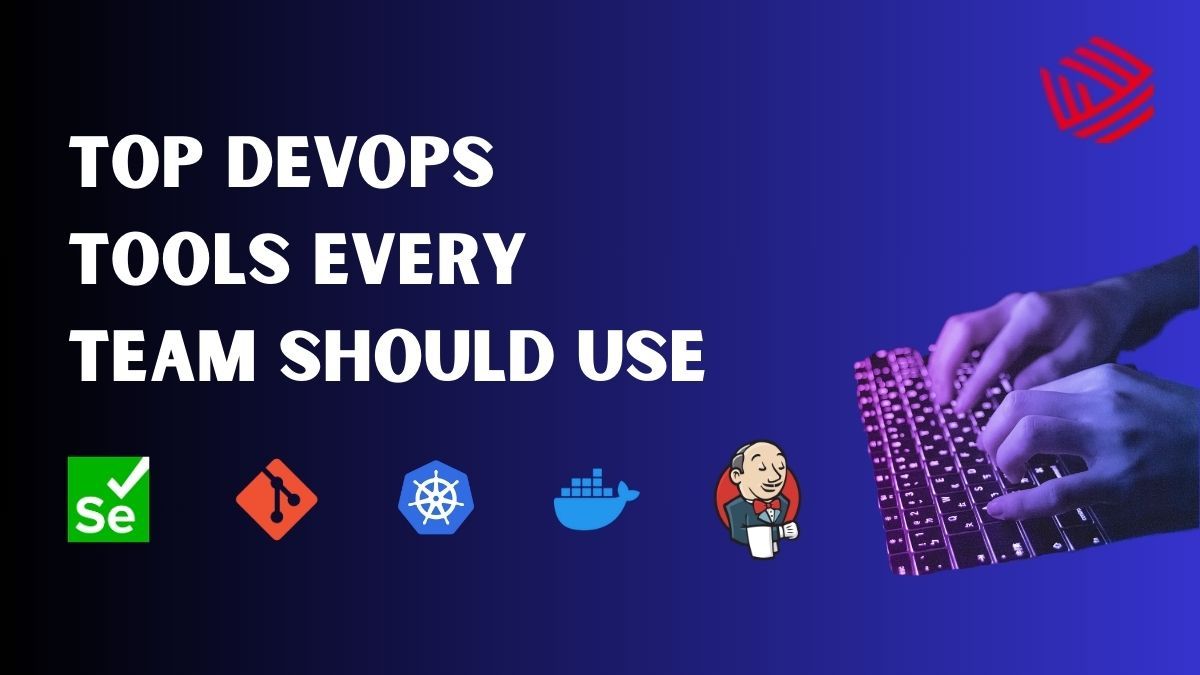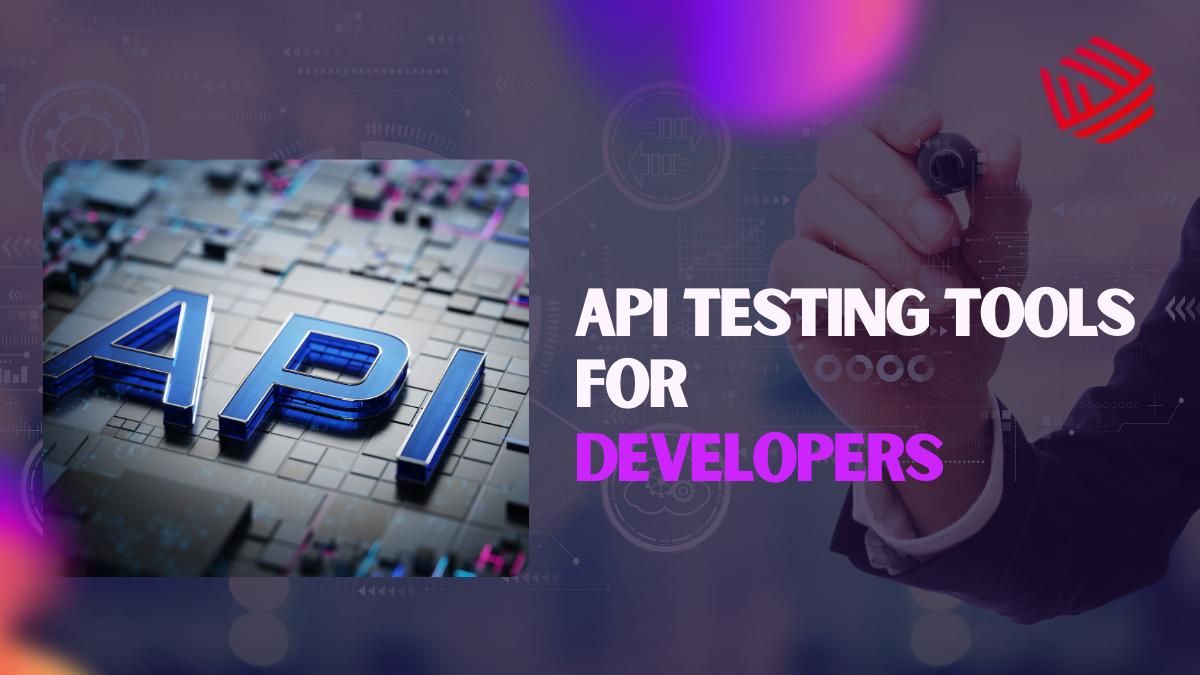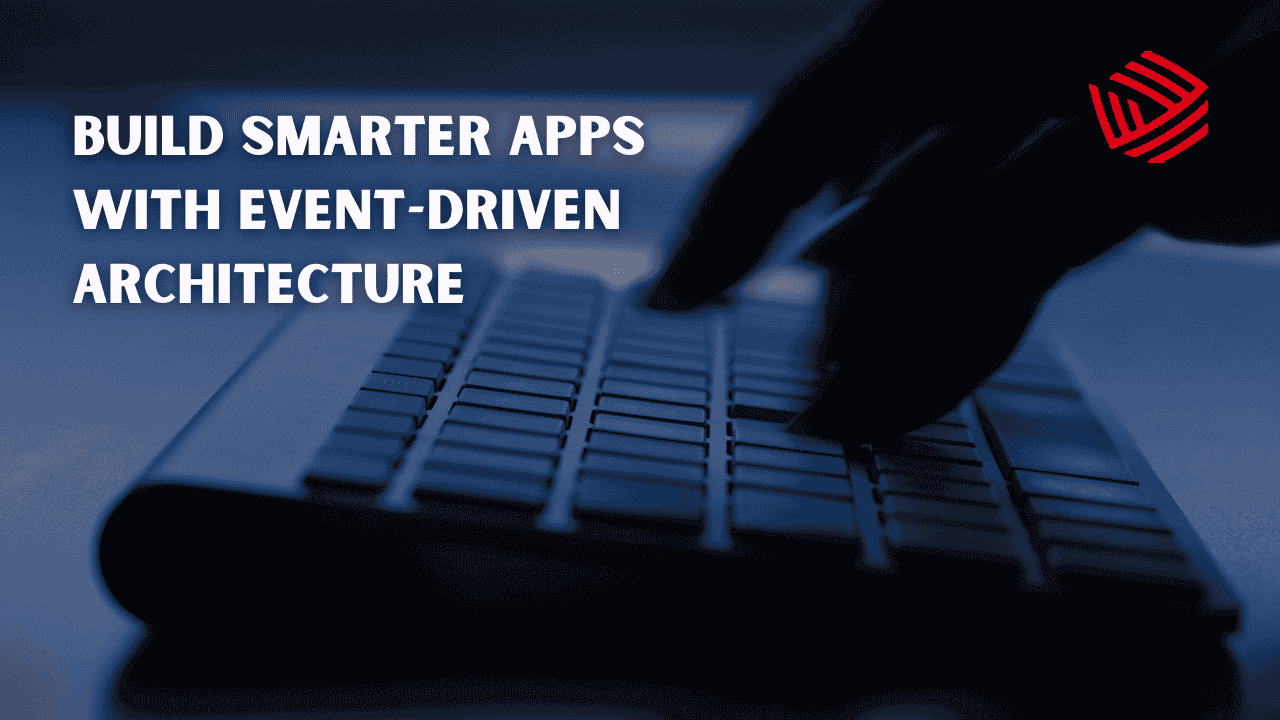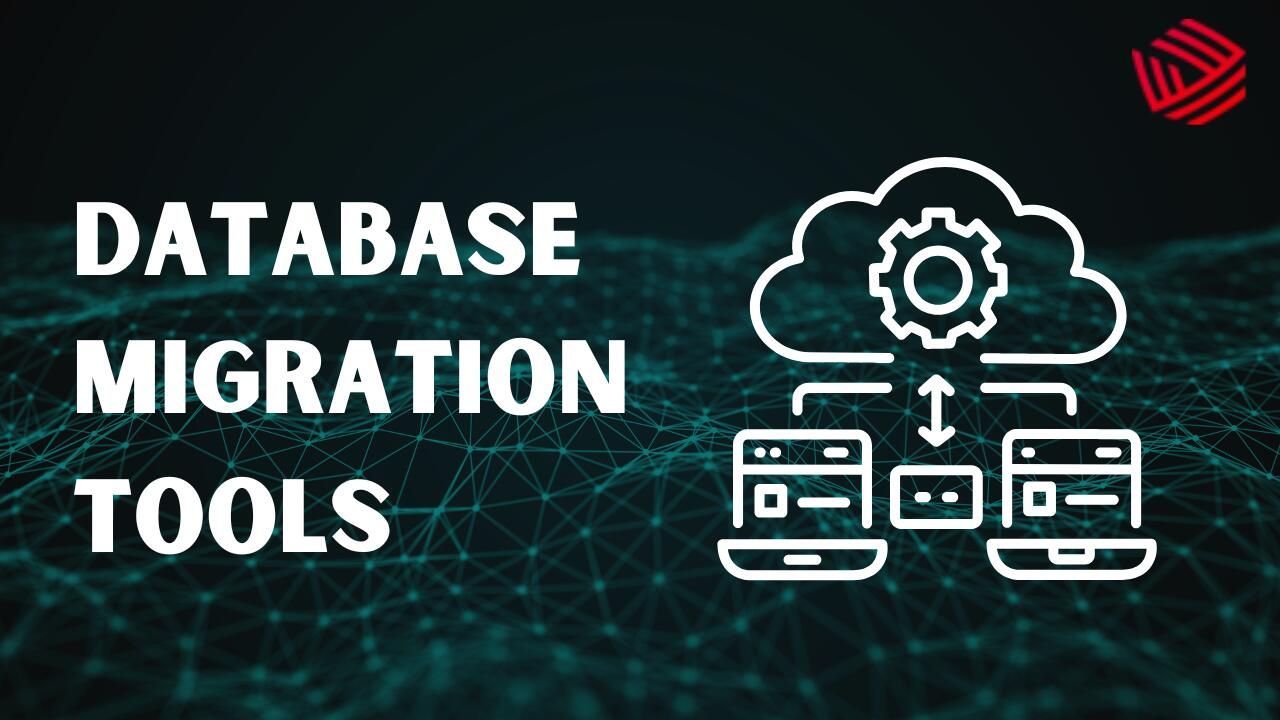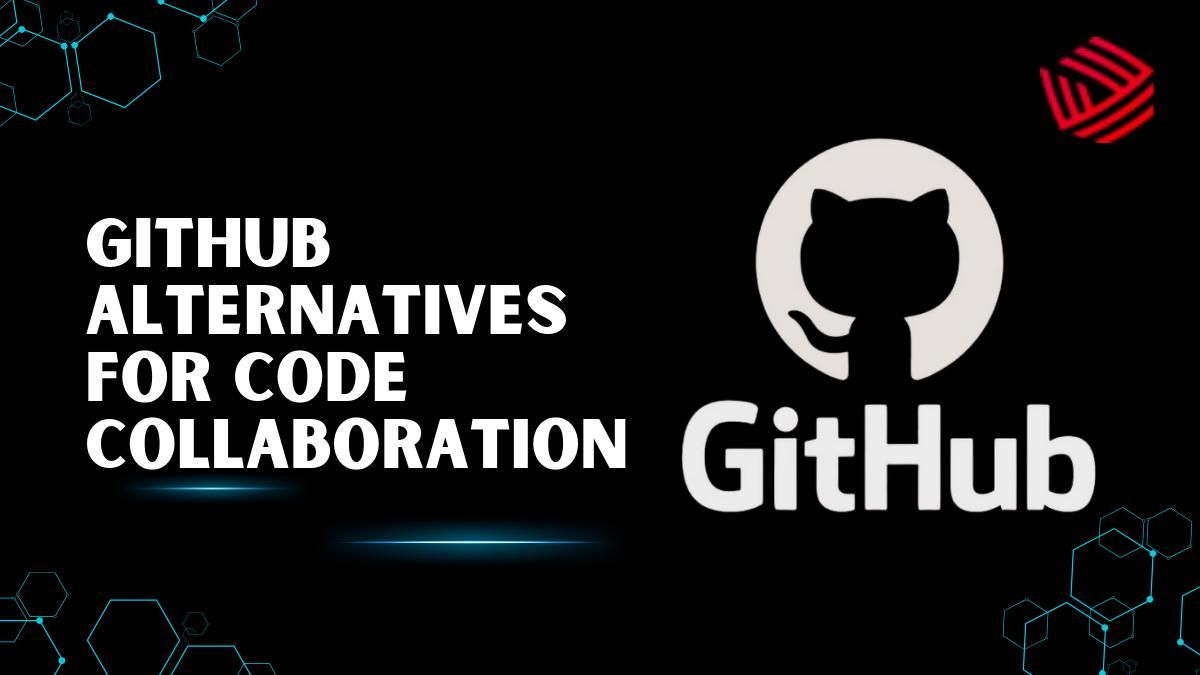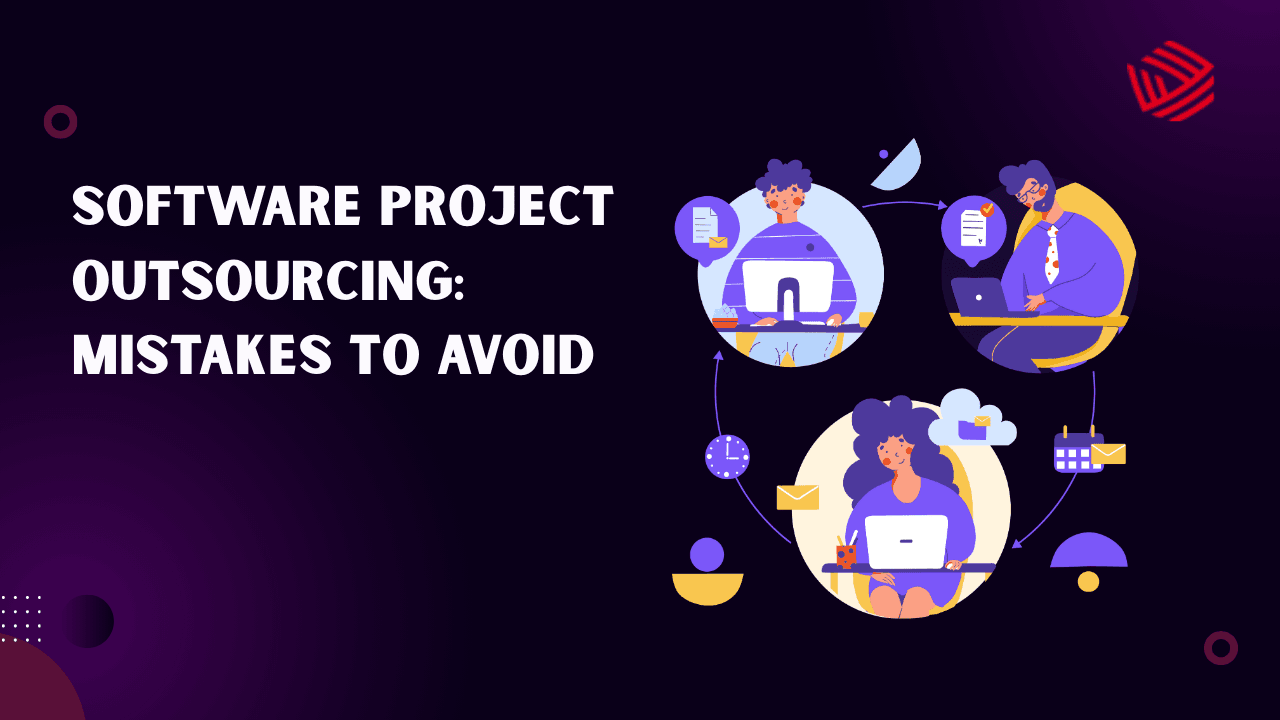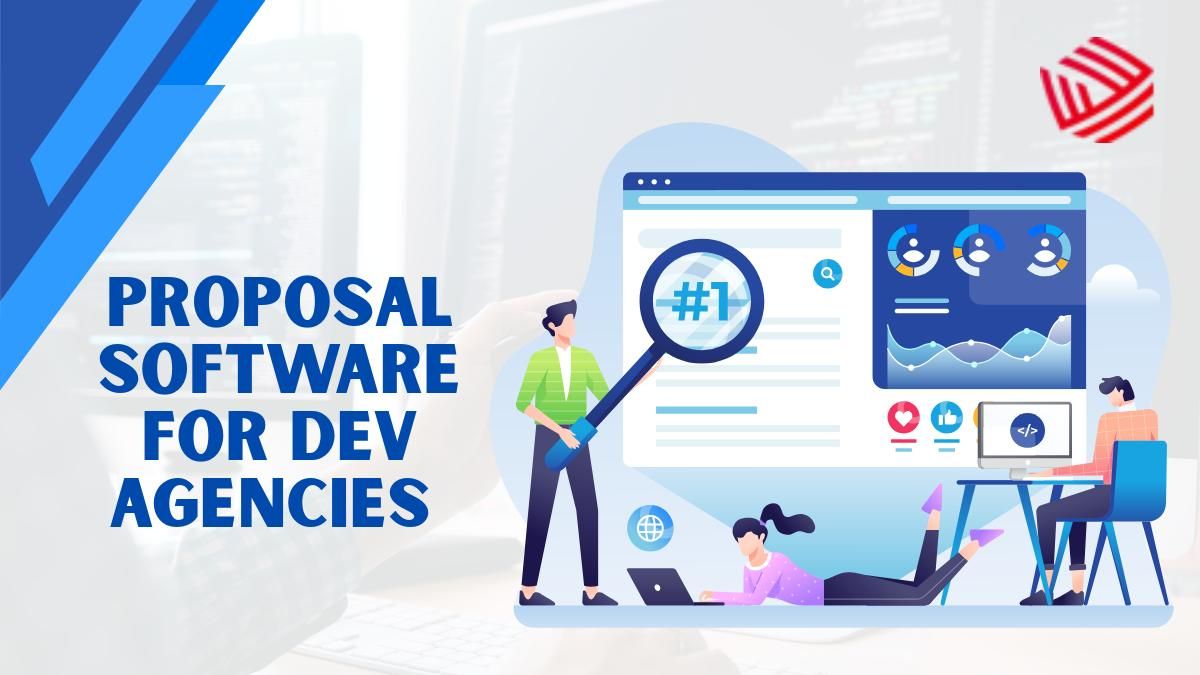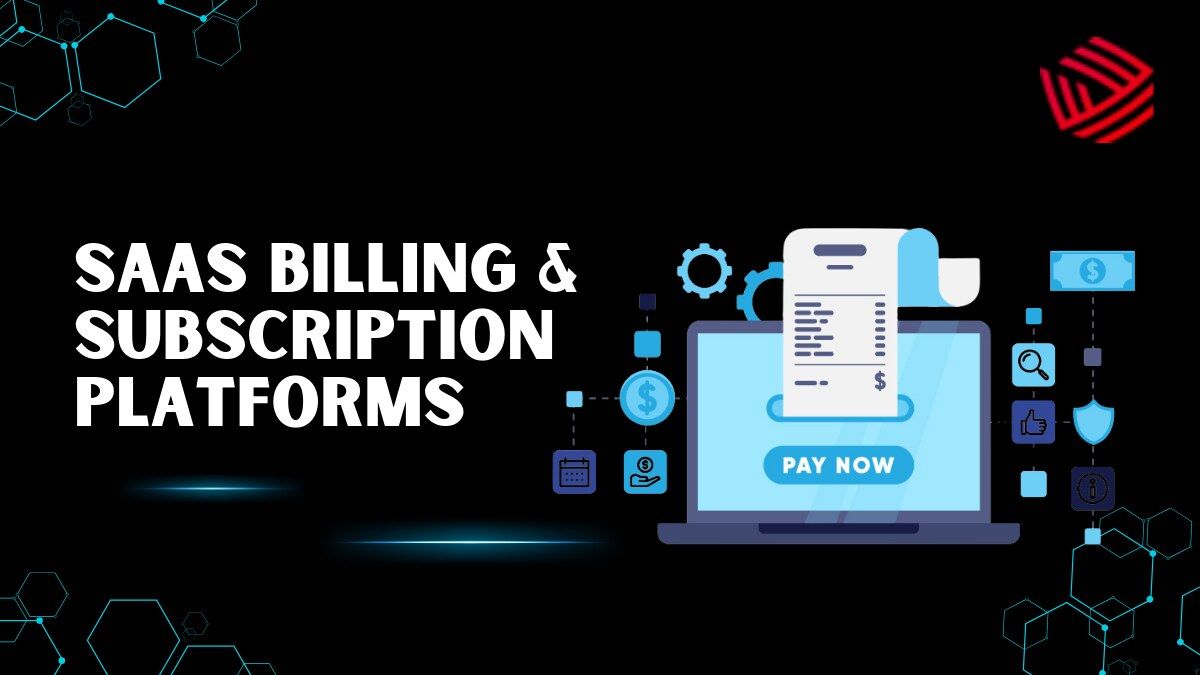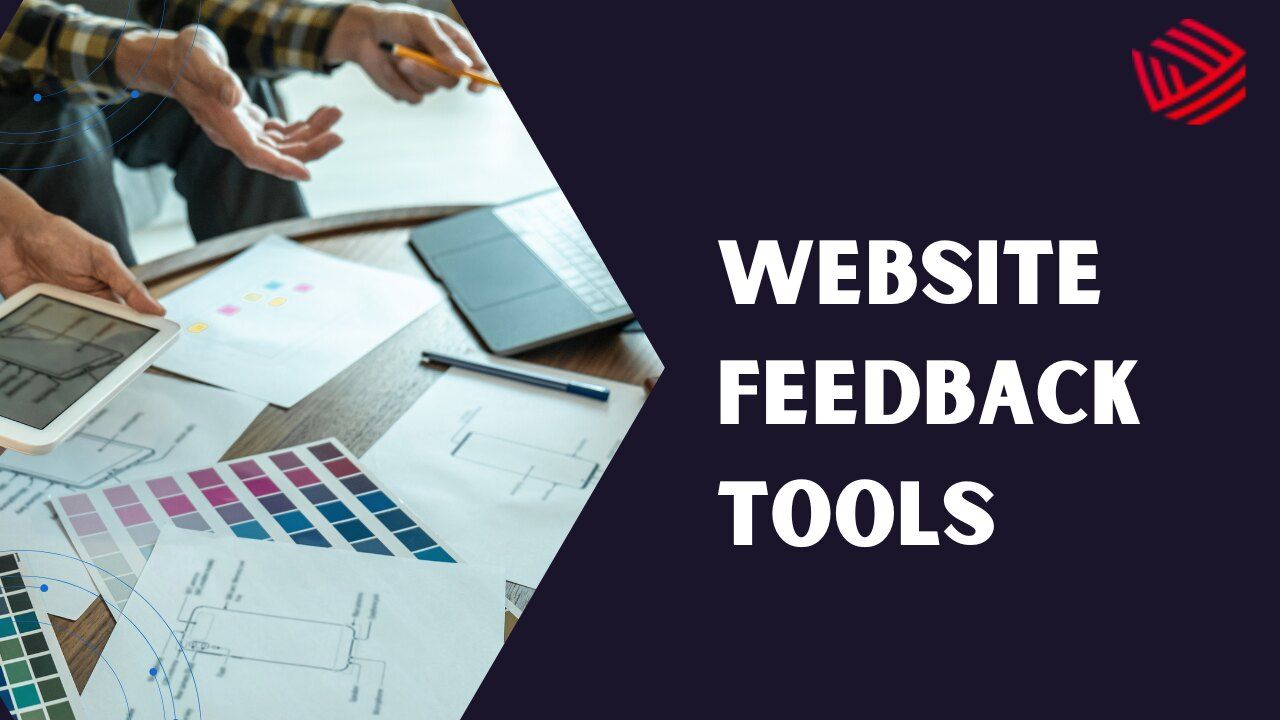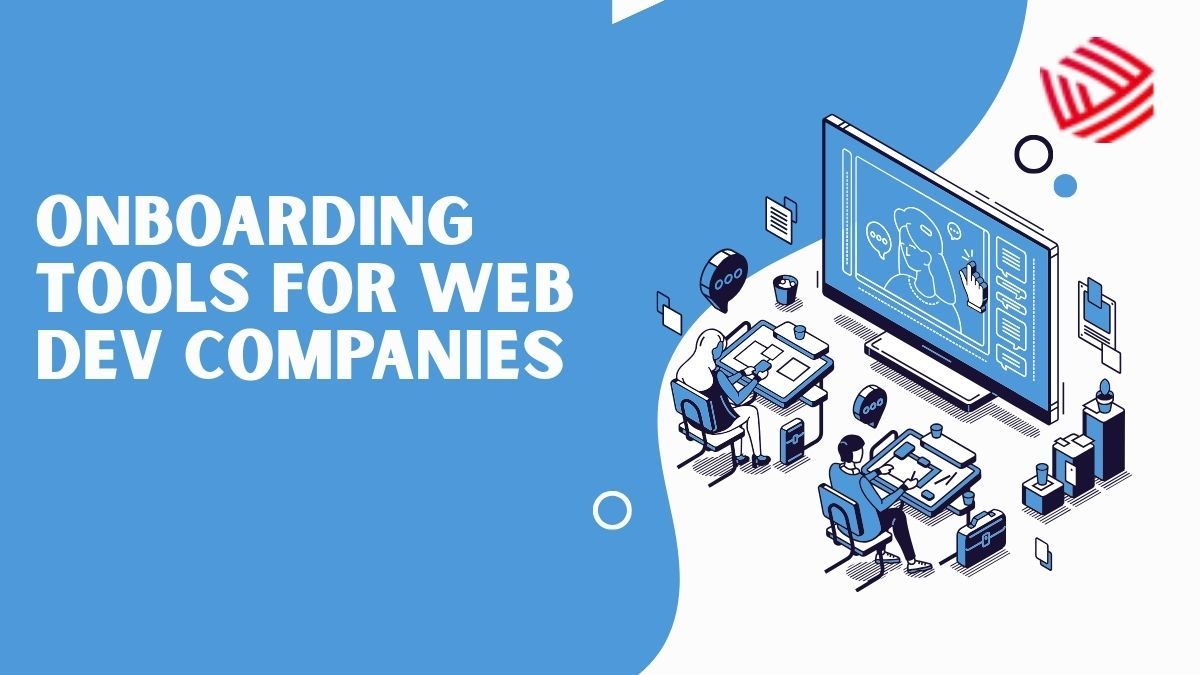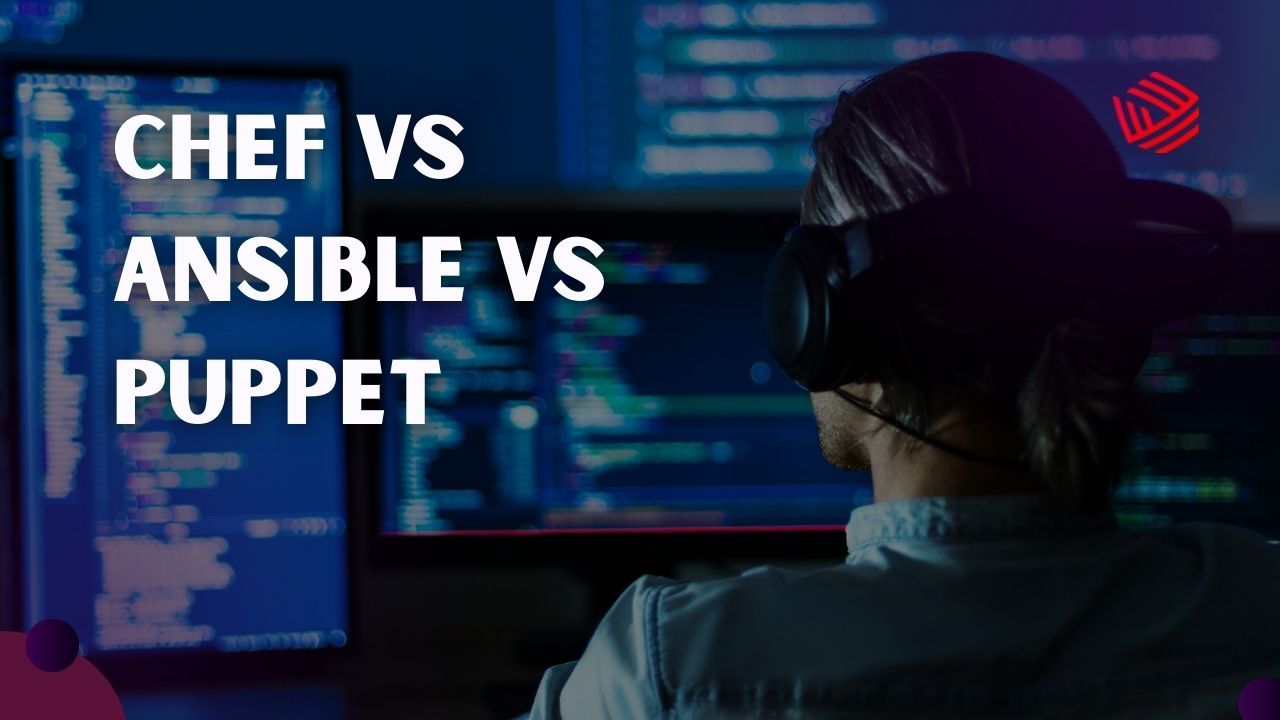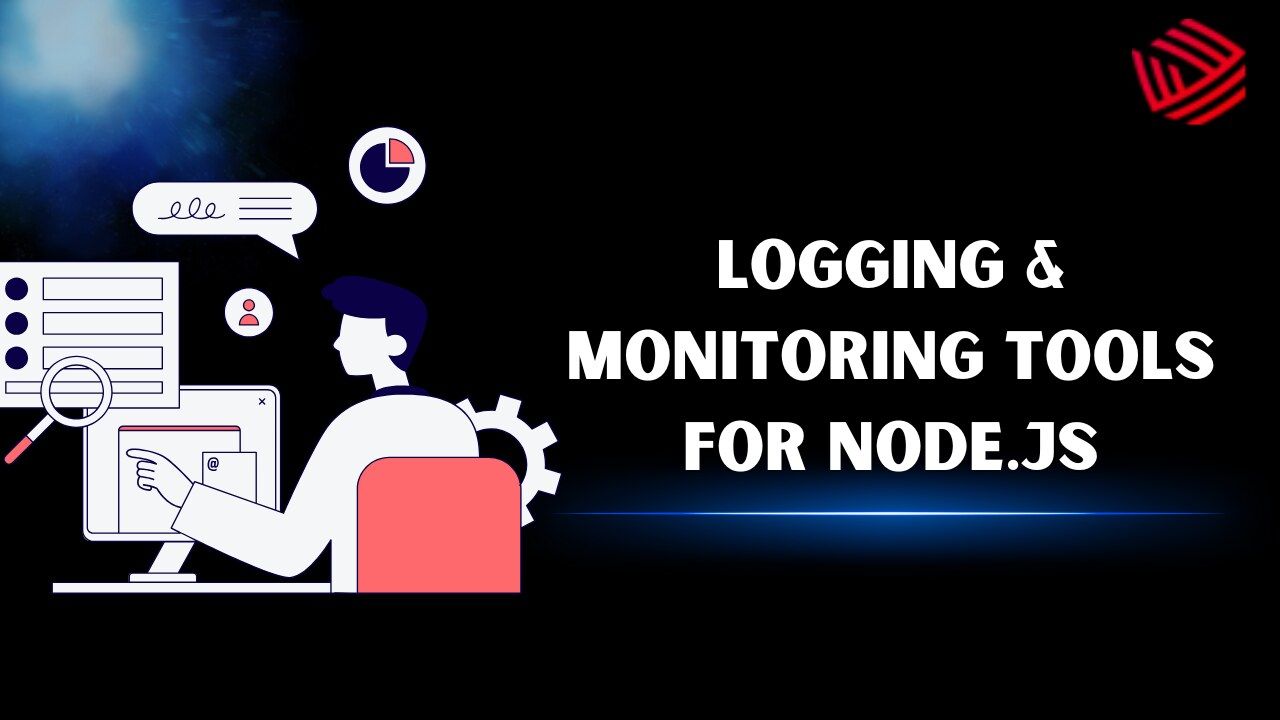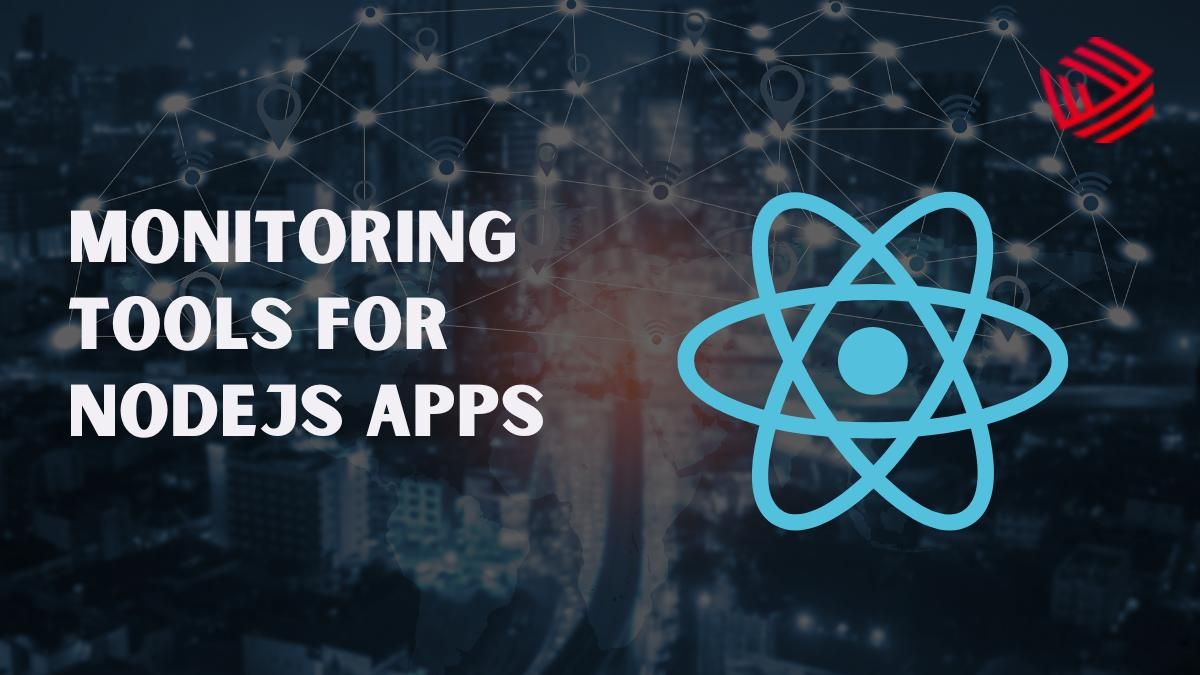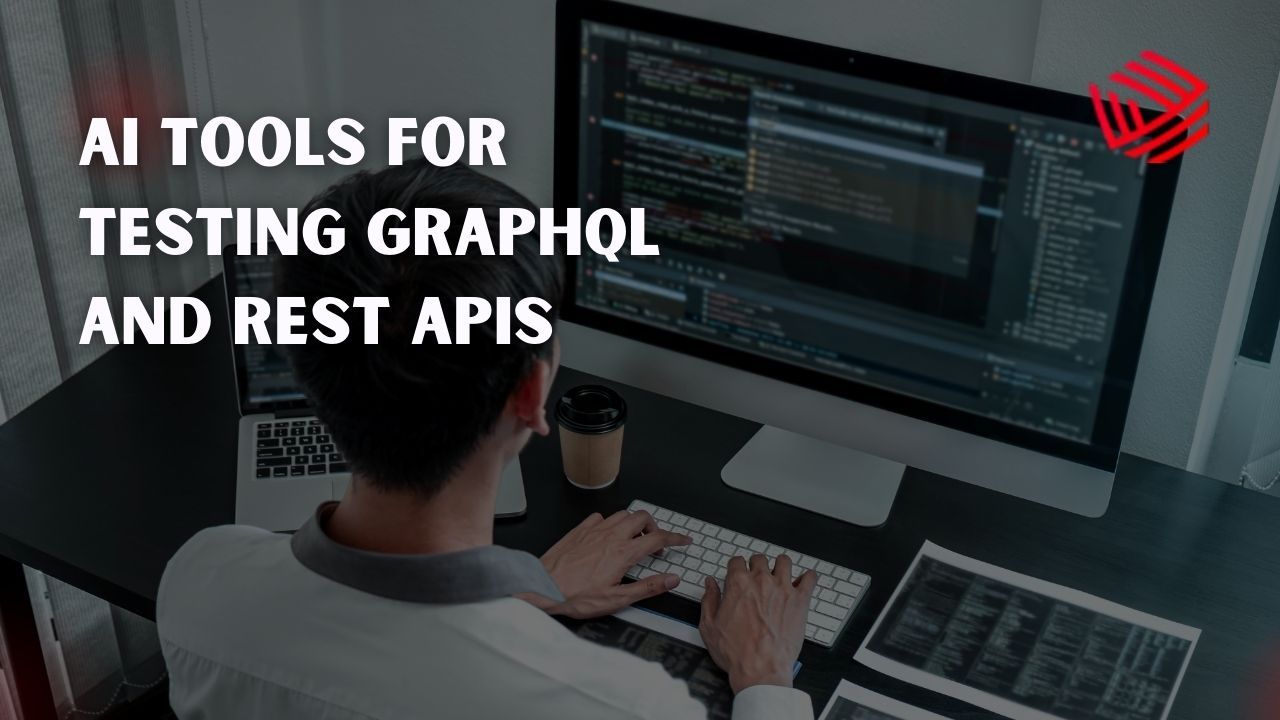Observability is no longer optional for modern cloud applications. While traditional monitoring shows system health, observability gives deep insight into metrics, logs, and traces, helping teams proactively troubleshoot and optimize performance. Distributed architectures, microservices, and serverless apps make observability critical. Choosing the right tools ensures your systems are reliable, scalable, and maintainable.
With observability tools, developers have to debug less and boost productivity. The DevOps teams working on microservices and distributed systems get clear insights into the system's overall working for better outputs and to provide the application system with better failure tolerance. We will delve into the top observability tools for enterprises, open-source users, and specialized scenarios.
Open-Source observability tools
Prometheus
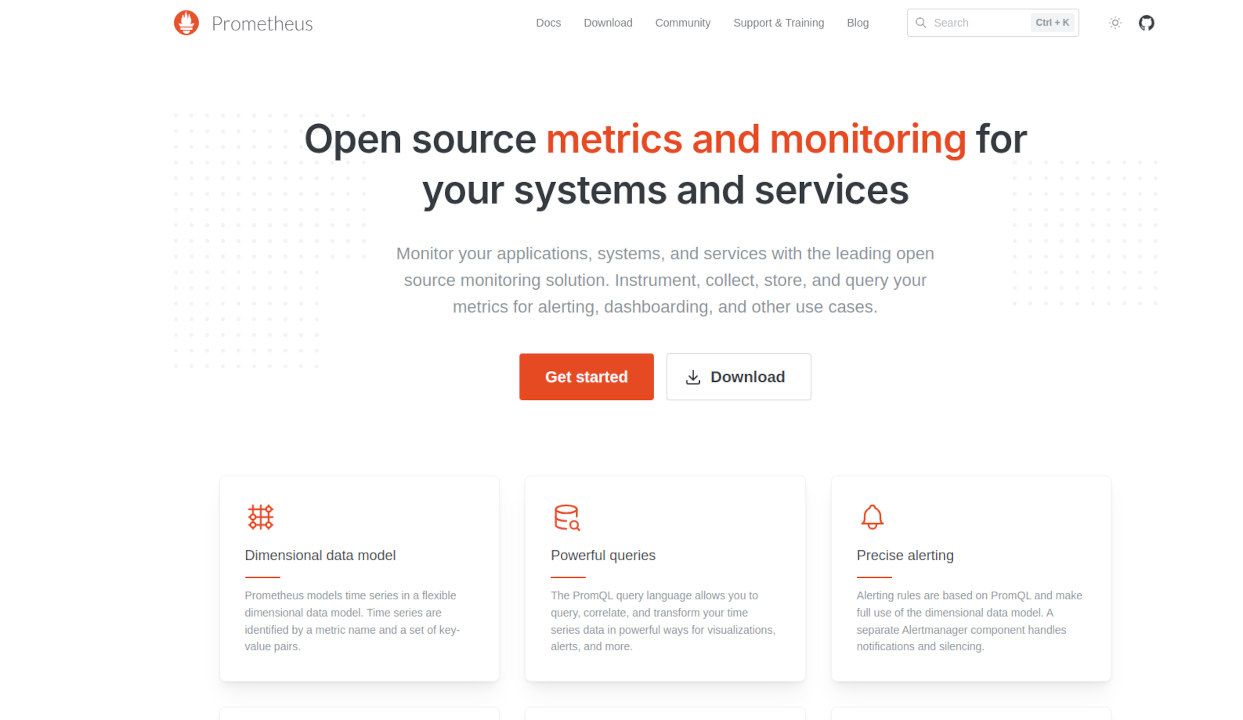
Prometheus is an open-source monitoring and alerting toolkit designed for cloud-native environments. It collects time-series metrics, supports multi-dimensional data models, and provides powerful query language (PromQL) for analysis.
Prometheus integrates well with Kubernetes, Docker, and microservices, enabling teams to monitor performance efficiently. With flexible alerting rules and visualization through Grafana, it helps teams identify issues proactively and optimize resources.
| Pros | Cons |
|---|---|
| Cloud-native and Kubernetes-friendly | Limited native dashboarding (requires Grafana) |
| Powerful query language (PromQL) | Can be complex for beginners |
| Flexible alerting and metric collection | Scaling to very large environments requires extra effort |
Grafana
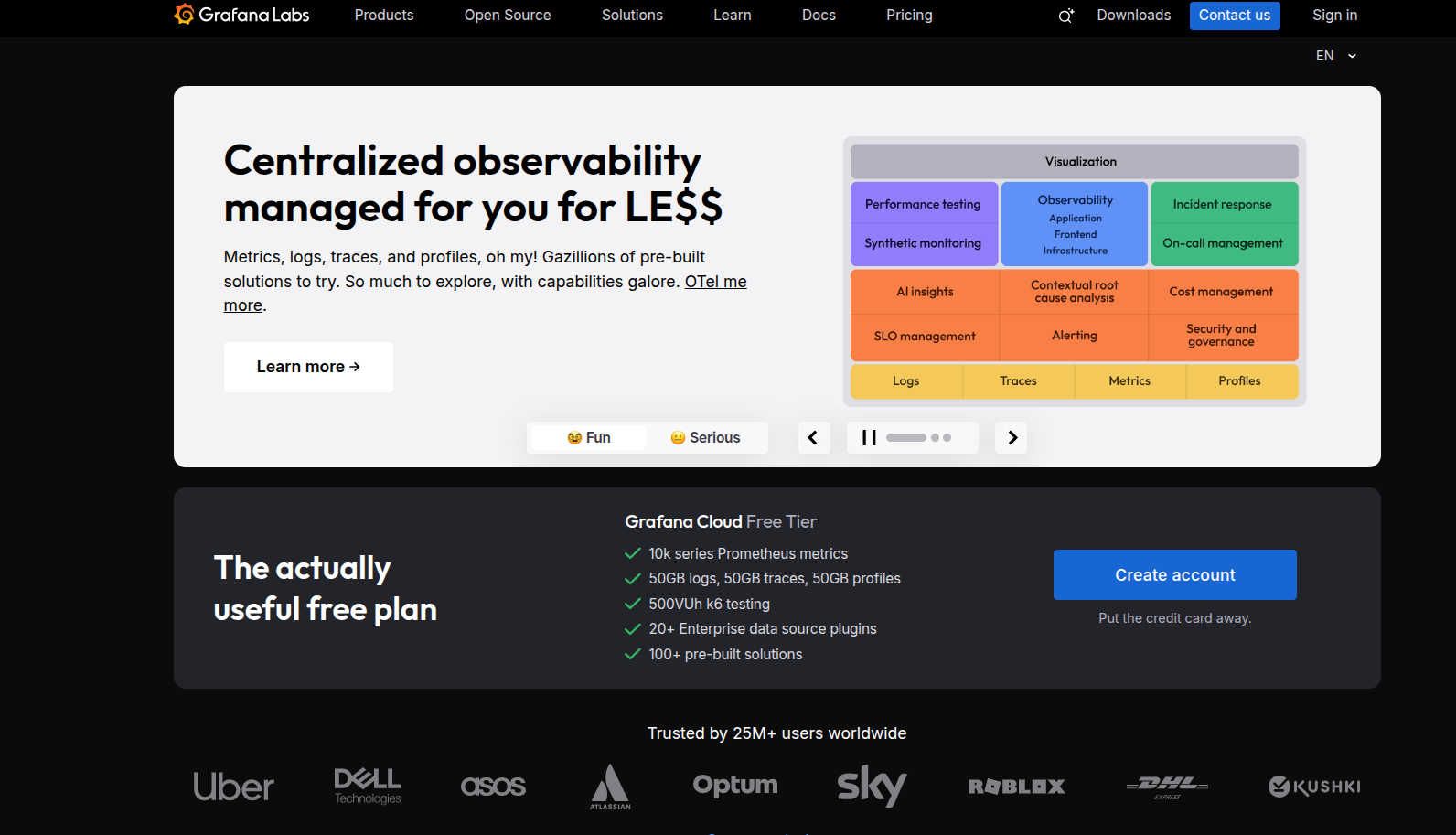
Grafana is an open-source visualization platform for metrics, logs, and traces. It allows teams to create interactive dashboards, monitor KPIs, and integrate data from multiple sources like Prometheus, Loki, and Elasticsearch.
It supports alerting and sharing dashboards across teams, improving collaboration. Grafana’s plugins and templating make it easy to customize dashboards for different environments, from small apps to large cloud deployments.
| Pros | Cons |
|---|---|
| Highly customizable dashboards | Requires setup and configuration for data sources |
| Integrates with many metrics/log sources | Some advanced features require Grafana Enterprise |
| Supports alerting and team collaboration | Steeper learning curve for non-technical users |
Jaeger
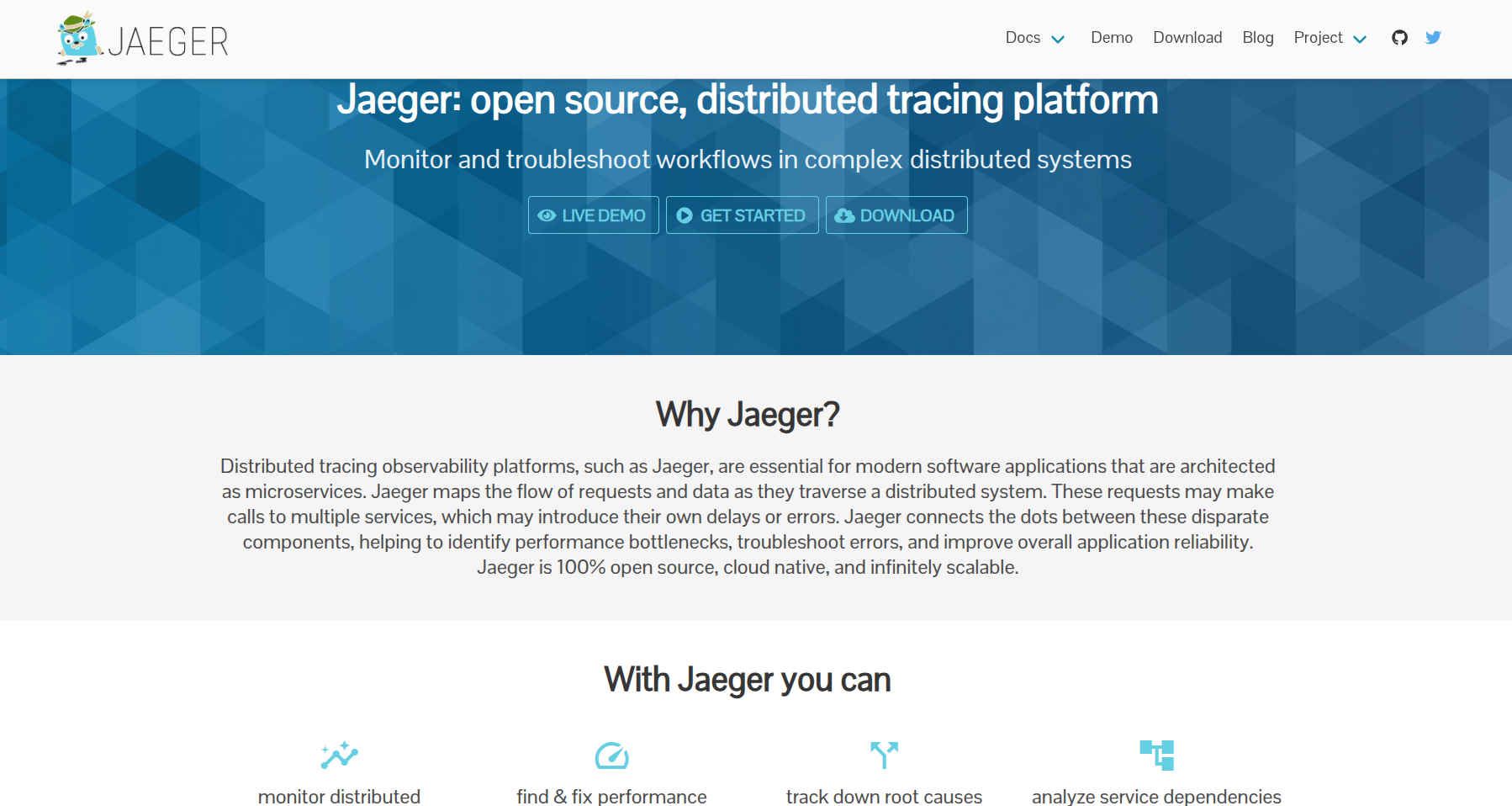
Jaeger is an open-source distributed tracing tool that helps developers understand system performance and latency across microservices. It enables root cause analysis, service dependency tracking, and performance optimization.
It integrates with OpenTelemetry, Kubernetes, and cloud-native platforms, making it ideal for modern cloud applications. Jaeger helps teams detect bottlenecks, optimize resource allocation, and improve user experience.
| Pros | Cons |
|---|---|
| Open-source and free to use | Limited visualization compared to commercial tools |
| Excellent for distributed tracing | Requires integration with other observability tools |
| Integrates with OpenTelemetry and cloud platforms | Can be complex for beginners |
OpenTelemetry
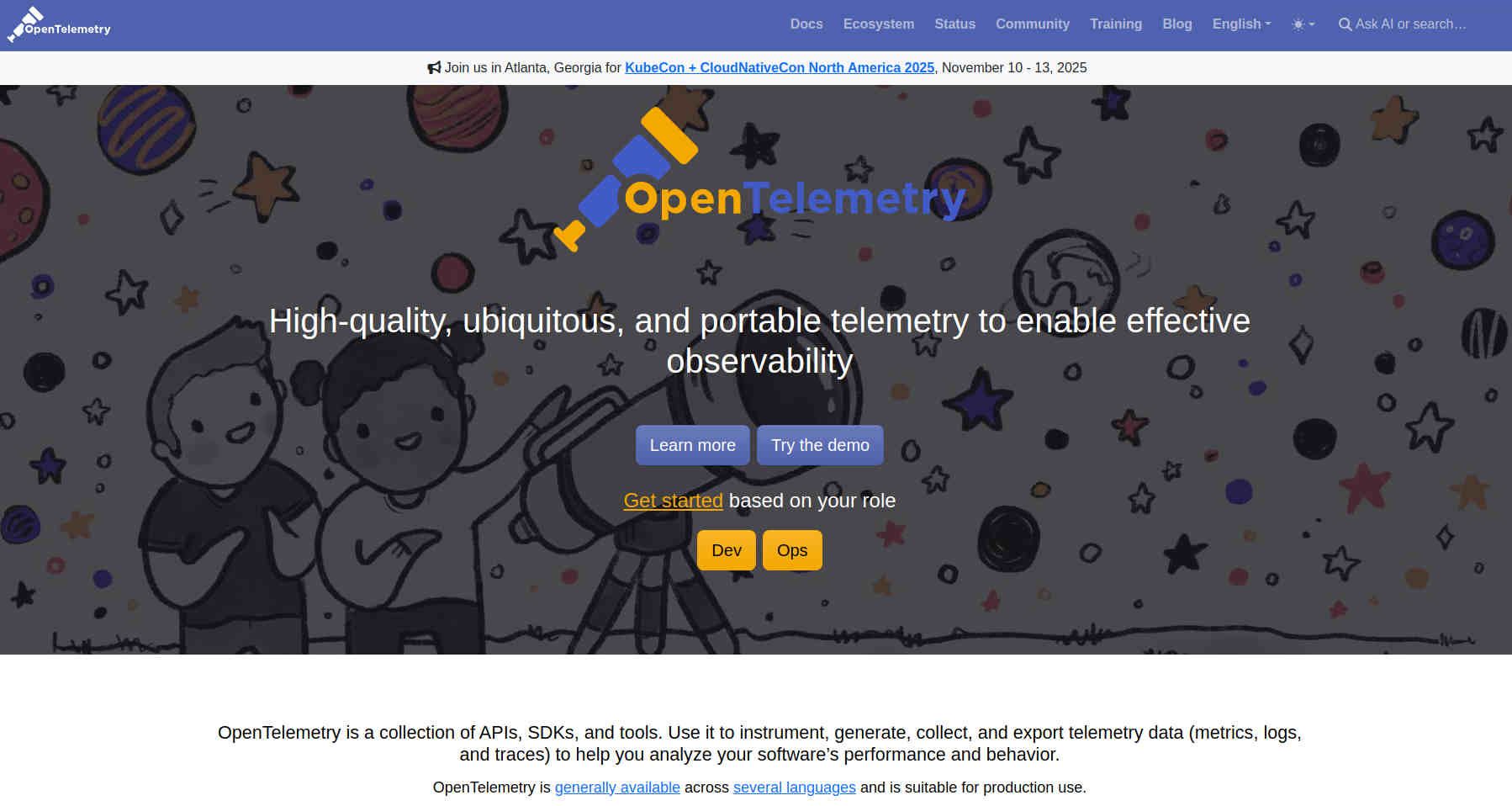
OpenTelemetry is an open-source observability standard that collects metrics, logs, and traces from applications and infrastructure. It provides a vendor-neutral framework, allowing teams to switch or combine tools without losing instrumentation.
By standardizing telemetry, OpenTelemetry reduces vendor lock-in and improves cross-platform observability. Developers can instrument applications once and export data to multiple backends like Datadog, Prometheus, or Grafana.
| Pros | Cons |
|---|---|
| Vendor-neutral and flexible | Requires setup and understanding of instrumentation |
| Supports metrics, logs, and traces | Some backends may require additional configuration |
| Reduces vendor lock-in | Advanced features may need developer expertise |
Enterprise leaders observability tools
Datadog
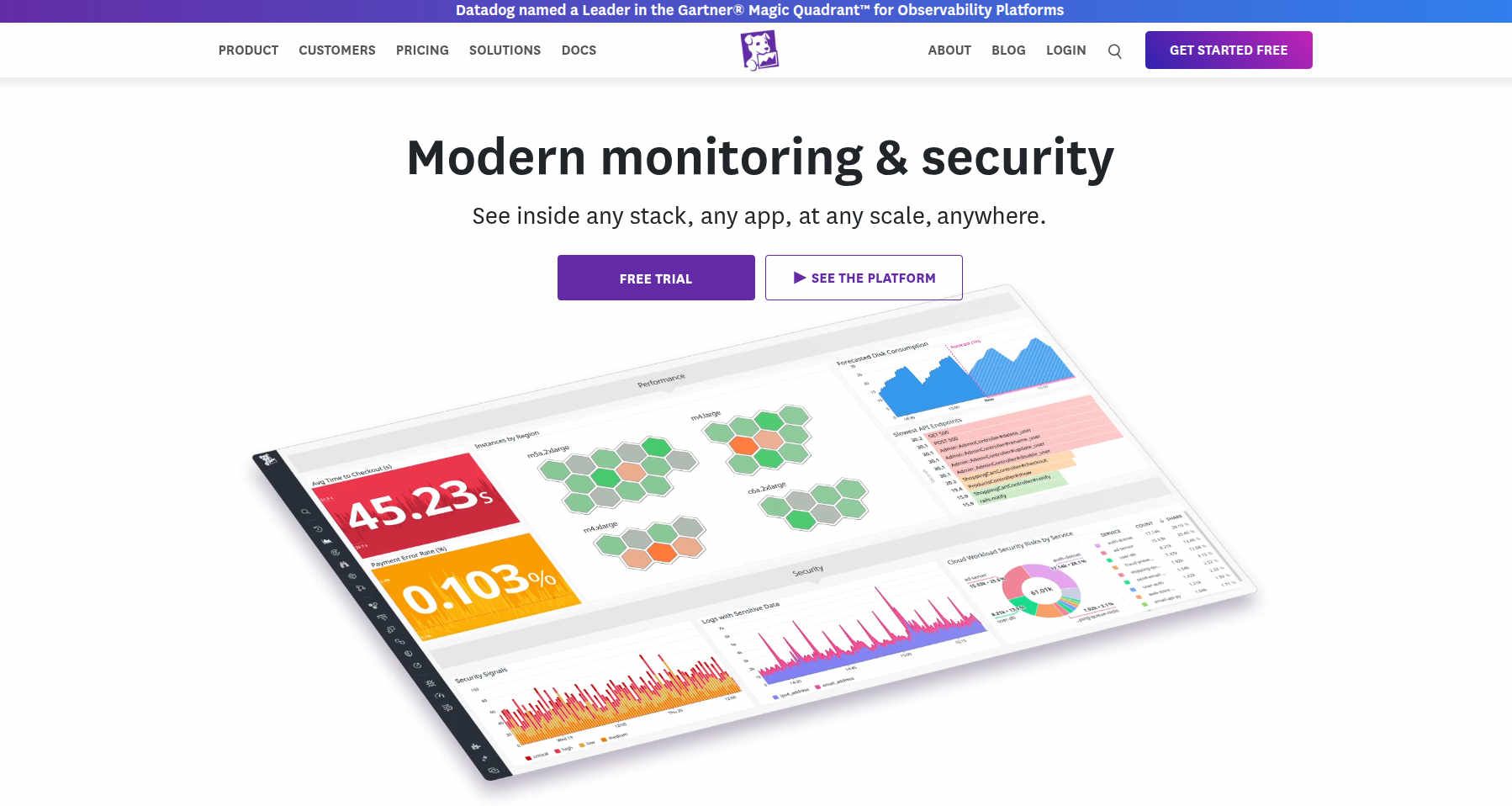
Datadog is a comprehensive observability platform that unifies metrics, logs, traces, and security monitoring. It supports hybrid and multi-cloud environments, making it ideal for modern cloud applications. Its AI-powered alerts help teams detect anomalies proactively, reducing downtime.
Datadog integrates with over 450 technologies, including Kubernetes, AWS, Azure, and serverless platforms. Teams can create custom dashboards and automated reports, improving visibility across complex systems. Its intuitive interface allows developers and operations teams to collaborate effectively on performance issues.
| Pros | Cons |
|---|---|
| All-in-one platform for metrics, logs, traces | Can be expensive for small teams |
| Strong cloud-native support & integrations | Slight learning curve for new users |
| AI-powered alerts for proactive monitoring | High data ingestion costs for large environments |
New Relic
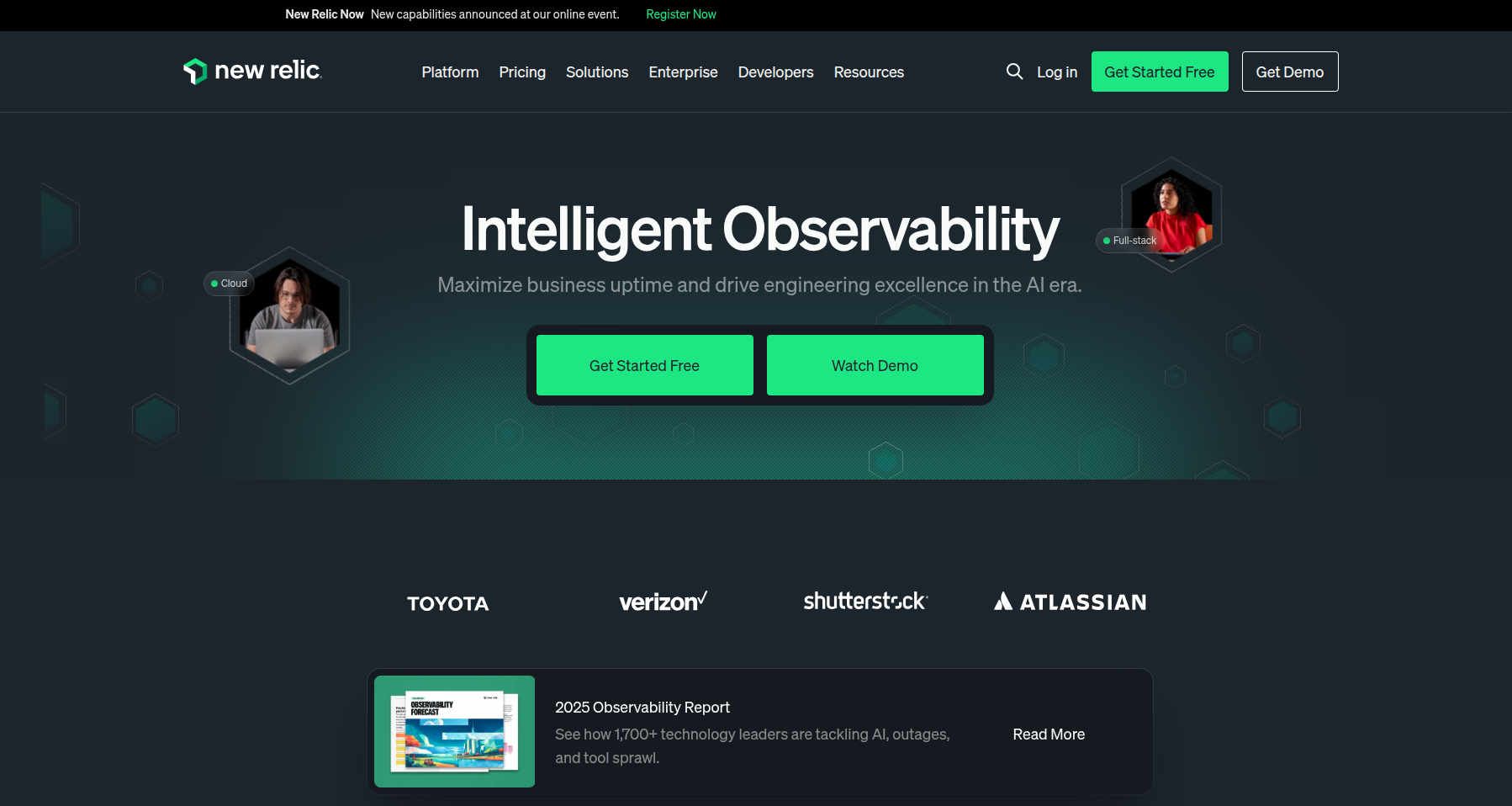
New Relic provides end-to-end observability with application performance monitoring, telemetry, and real-time analytics. Its developer-first approach supports fast debugging and deployment, making it popular for cloud-native teams. The platform integrates seamlessly with OpenTelemetry, enabling vendor-neutral telemetry collection.
It offers full-stack dashboards and advanced analytics, helping teams identify bottlenecks and latency issues quickly. With anomaly detection and AI-driven insights, New Relic reduces manual troubleshooting effort and accelerates incident response for distributed systems.
| Pros | Cons |
|---|---|
| Developer-first approach with full-stack visibility | Can be complex for beginners |
| Integrates with OpenTelemetry and multiple cloud platforms | Pricing can be high for full feature set |
| AI-powered analytics & anomaly detection | Dashboards may require customization for complex apps |
Dynatrace
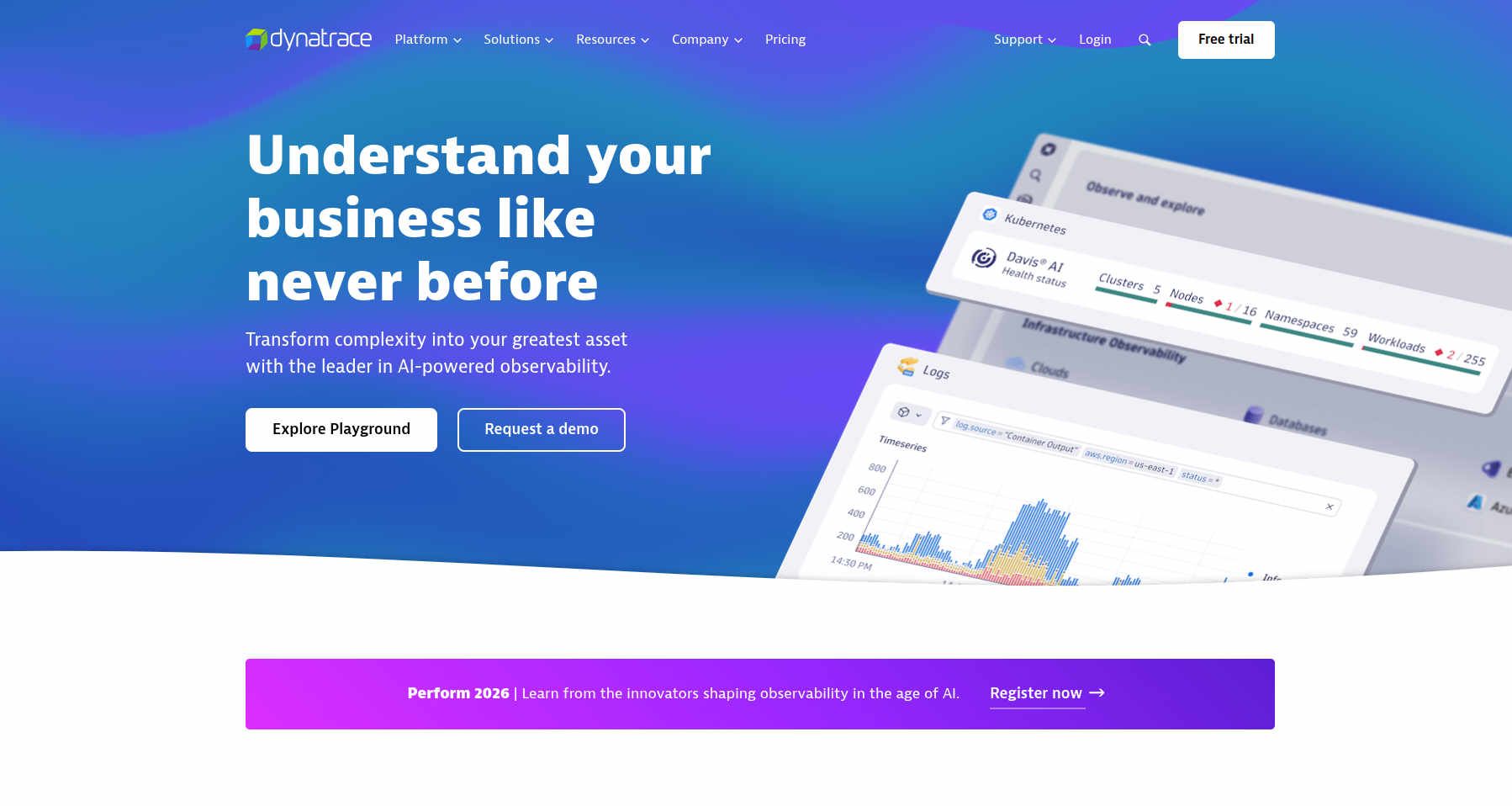
Dynatrace leverages AI-driven automation to monitor application performance, infrastructure, and cloud environments. It is especially suited for large, distributed systems and microservices architectures. Root cause analysis is automated, helping teams resolve incidents faster.
With real-time observability, Dynatrace provides end-to-end insights into user experience, system dependencies, and resource utilization. Its continuous monitoring ensures performance optimization, even during peak traffic or deployments.
| Pros | Cons |
|---|---|
| AI-driven root cause analysis | Enterprise pricing can be high |
| Full-stack and cloud-native support | Steep learning curve for small teams |
| Excellent microservices & distributed system visibility | Complex initial setup |
Specialized & popular obeservability tools
Honeycomb
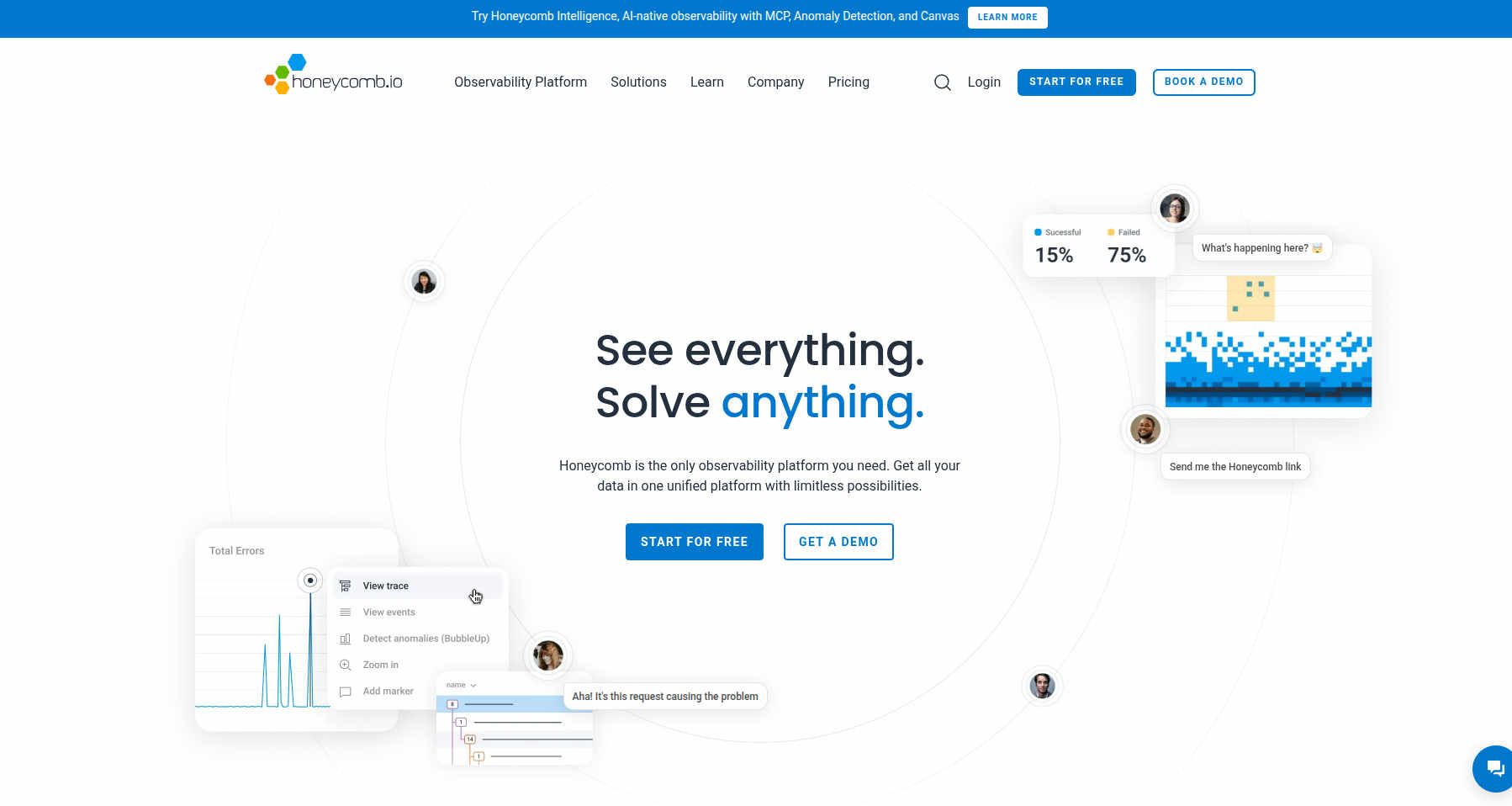
Honeycomb is an observability tool that focuses on high-cardinality event data, helping teams debug production systems faster. It allows developers to explore complex interactions across microservices and identify issues that traditional monitoring may miss.
With its powerful query interface, Honeycomb enables deep investigation of anomalies and performance bottlenecks. Teams can create custom dashboards and charts to visualize system behavior, enhancing root cause analysis and reliability.
| Pros | Cons |
|---|---|
| Excellent for high-cardinality event analysis | Paid tool with enterprise pricing |
| Fast root cause analysis in complex systems | Learning curve for new users |
| Highly customizable dashboards | Not a full APM solution on its own |
PagerDuty
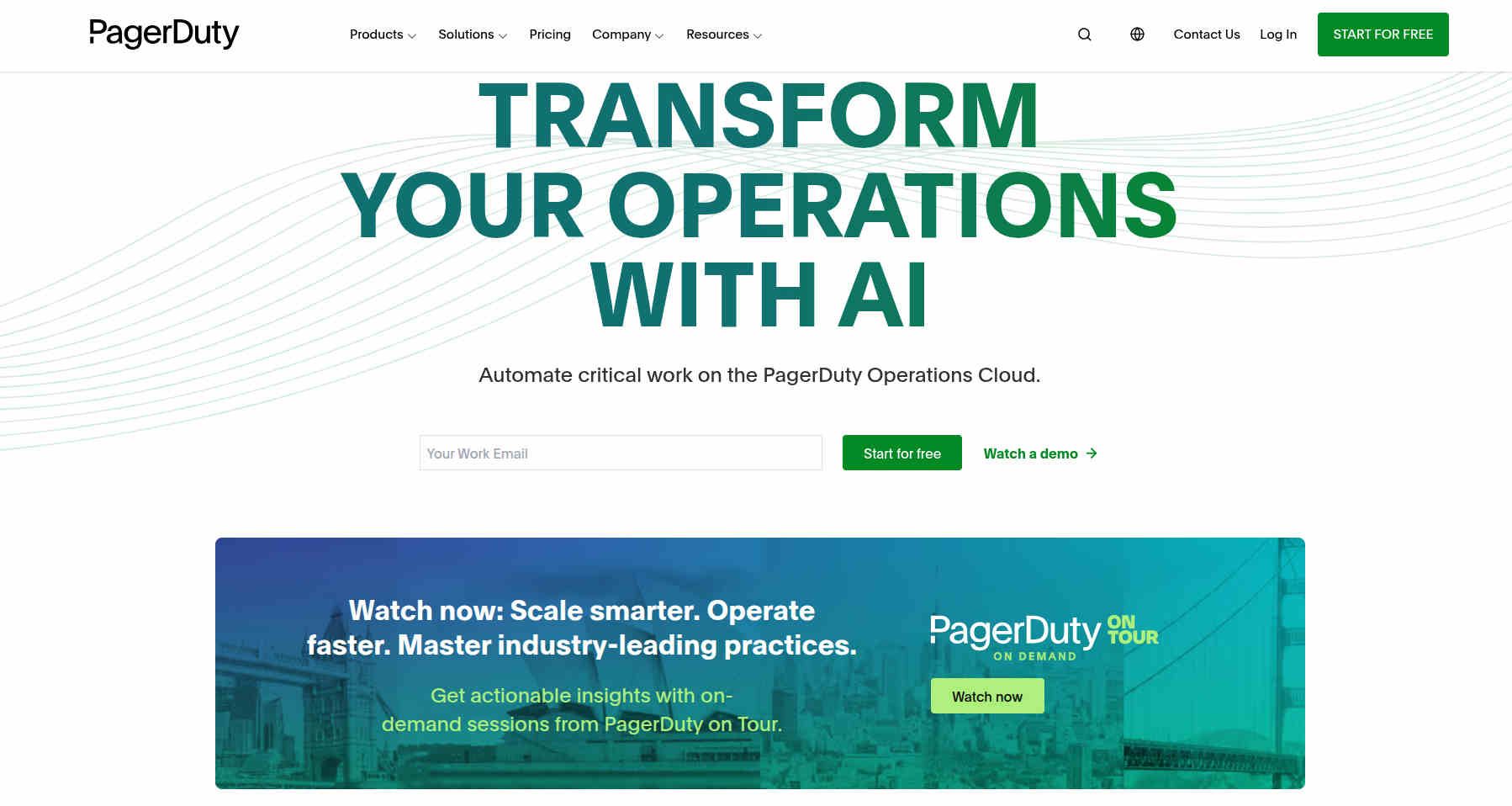
PagerDuty is designed for incident response and alerting, helping teams respond quickly to critical system events. It automates on-call rotations, escalations, and notifications, ensuring minimal downtime and faster resolution.
Integrating with existing monitoring and observability tools, PagerDuty streamlines incident workflows and reduces alert fatigue. Teams can track incidents, analyze response metrics, and continuously improve operational efficiency.
| Pros | Cons |
|---|---|
| Automated on-call and alerting workflows | Subscription cost may be high for small teams |
| Integrates with major observability and monitoring tools | Can be complex to configure initially |
| Reduces alert fatigue and improves response | Limited metrics collection on its own |
Moogsoft
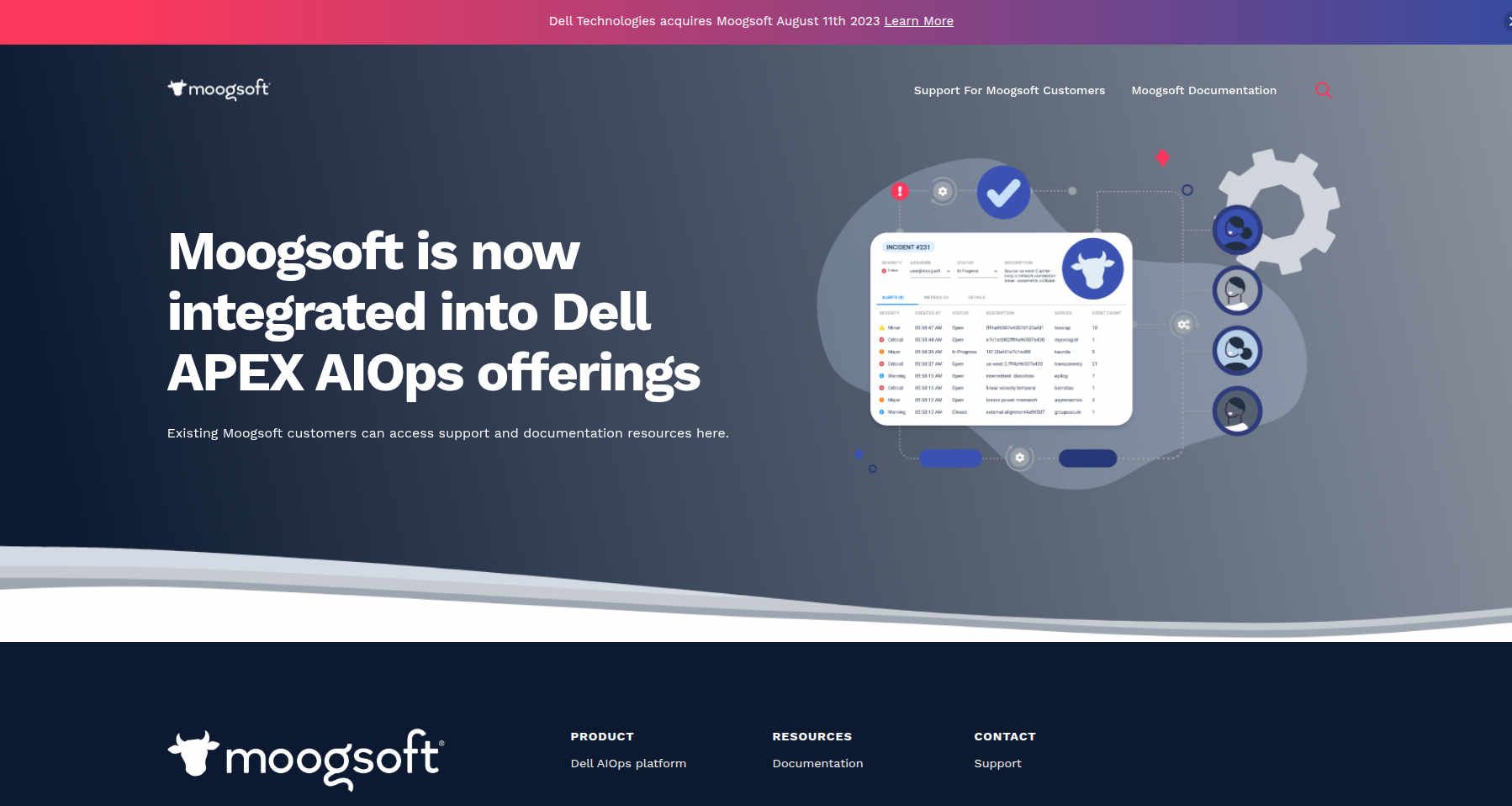
Moogsoft uses AI and machine learning to detect anomalies, correlate events, and reduce noise in observability data. It helps IT teams identify the true root cause quickly, improving system reliability and uptime.
By integrating with metrics, logs, and alerts, Moogsoft reduces manual investigation effort. Its AIOps approach ensures that teams can focus on critical incidents while automating routine monitoring and event correlation.
| Pros | Cons |
|---|---|
| AI-driven anomaly detection | Enterprise pricing can be high |
| Correlates events to reduce noise | May require setup time and expertise |
| Improves MTTR and system reliability | Not suitable as a standalone monitoring tool |
BigPanda
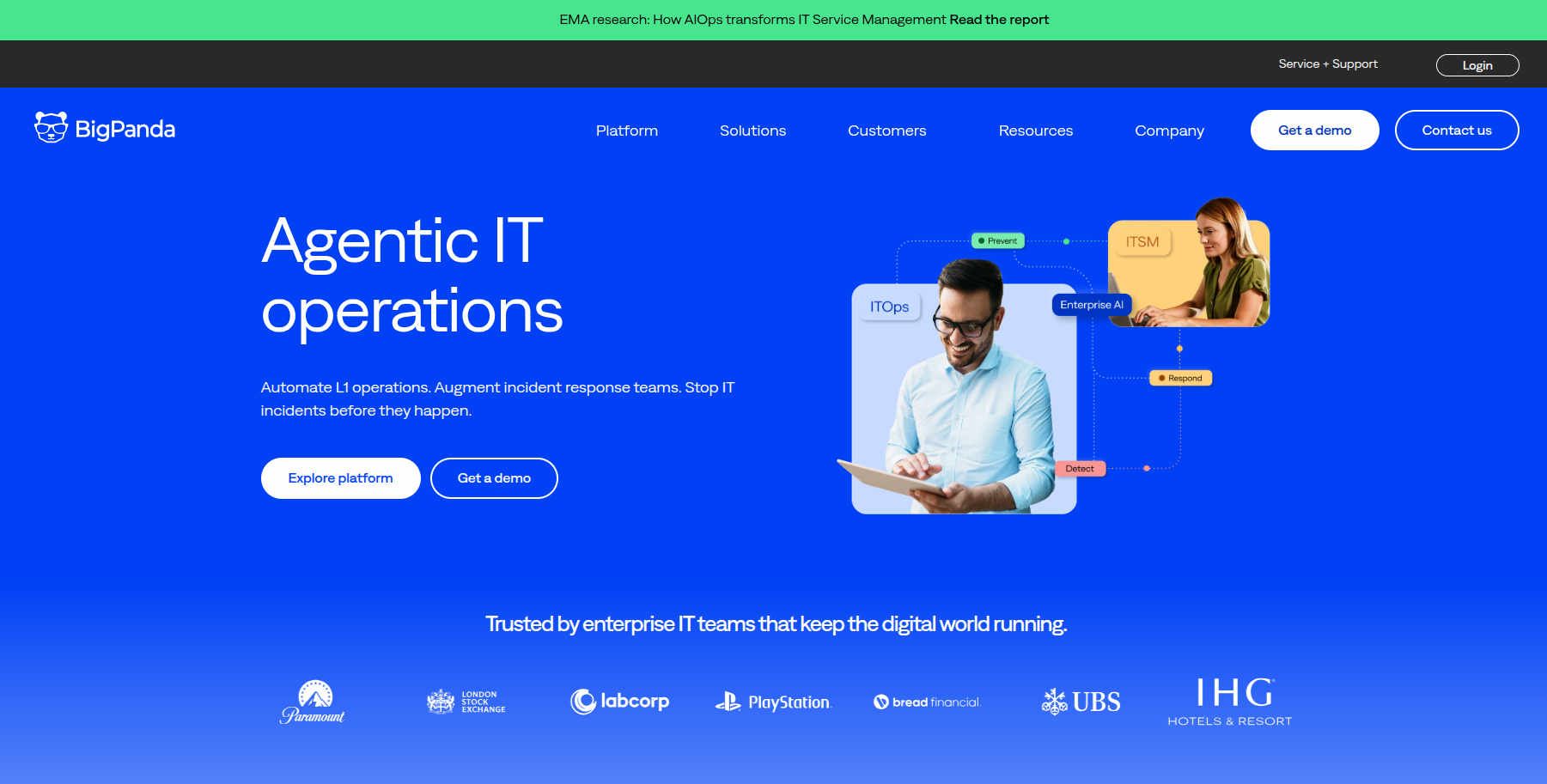
BigPanda provides event correlation, alert aggregation, and AI-driven incident response. It helps teams consolidate alerts from multiple observability tools, reduce noise, and focus on real problems.
Its automated workflows and integrations with cloud-native stacks enhance incident management. Teams gain a centralized view of system health, reducing downtime and improving operational efficiency.
| Pros | Cons |
|---|---|
| Event correlation reduces alert fatigue | Pricing may be prohibitive for small teams |
| AI-driven incident response | Limited direct metrics collection |
| Integrates with multiple monitoring tools | Learning curve for advanced features |
Conclusion
Observability is a critical component of modern cloud applications, providing deep insights into metrics, logs, and traces that traditional monitoring alone cannot deliver. By leveraging enterprise leaders like Datadog, New Relic, and Dynatrace, teams gain full-stack visibility and AI-powered insights for complex, distributed systems. Open-source favorites such as Prometheus, Grafana, Jaeger, and OpenTelemetry offer flexibility, scalability, and vendor-neutral instrumentation, making them ideal for cloud-native and microservices environments. Specialized tools like Honeycomb, PagerDuty, Moogsoft, and BigPanda complement these solutions, helping teams detect anomalies, manage incidents, and reduce downtime efficiently.
Selecting the right combination of observability tools depends on team size, cloud strategy, and specific requirements. Enterprises may prioritize all-in-one platforms for end-to-end coverage, while startups or open-source advocates may favor Prometheus, Grafana, and Jaeger for cost-effective flexibility. Regardless of the choice, following best practices in instrumentation, alerting, and dashboarding ensures proactive monitoring, faster issue resolution, and optimized system performance. By adopting the right observability stack, teams can enhance reliability, improve user experience, and confidently scale modern cloud applications.

